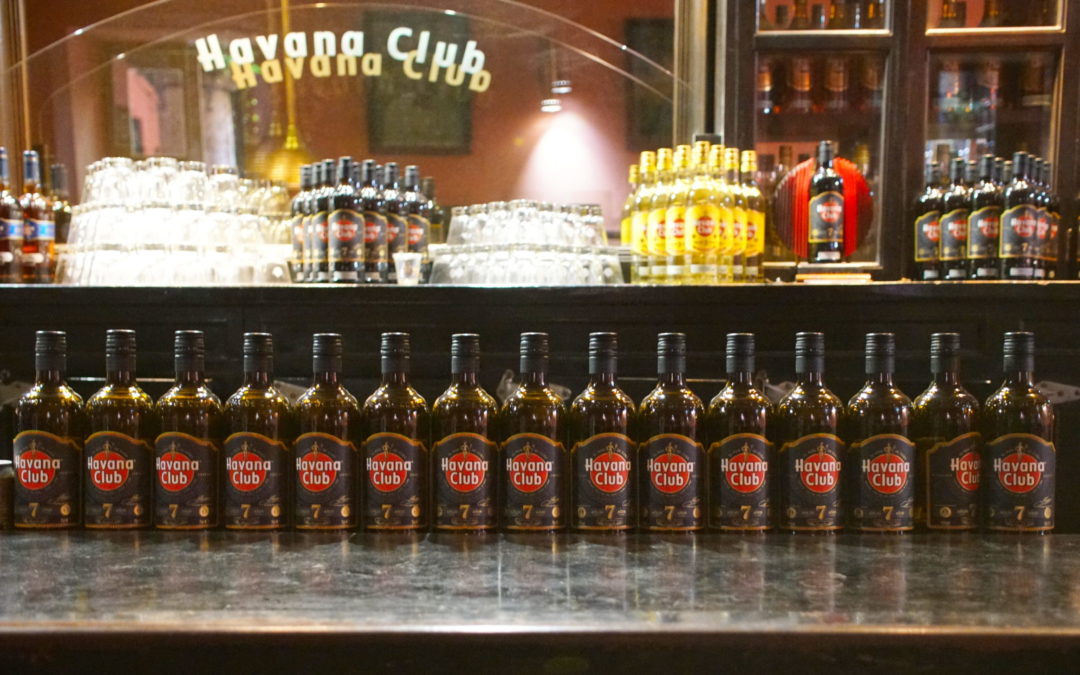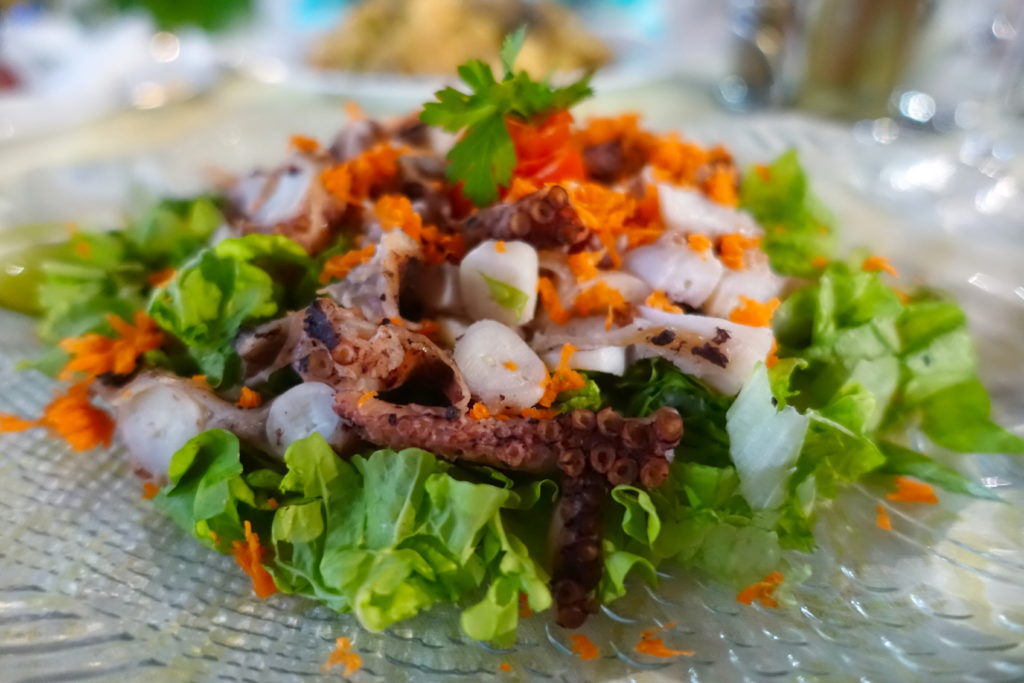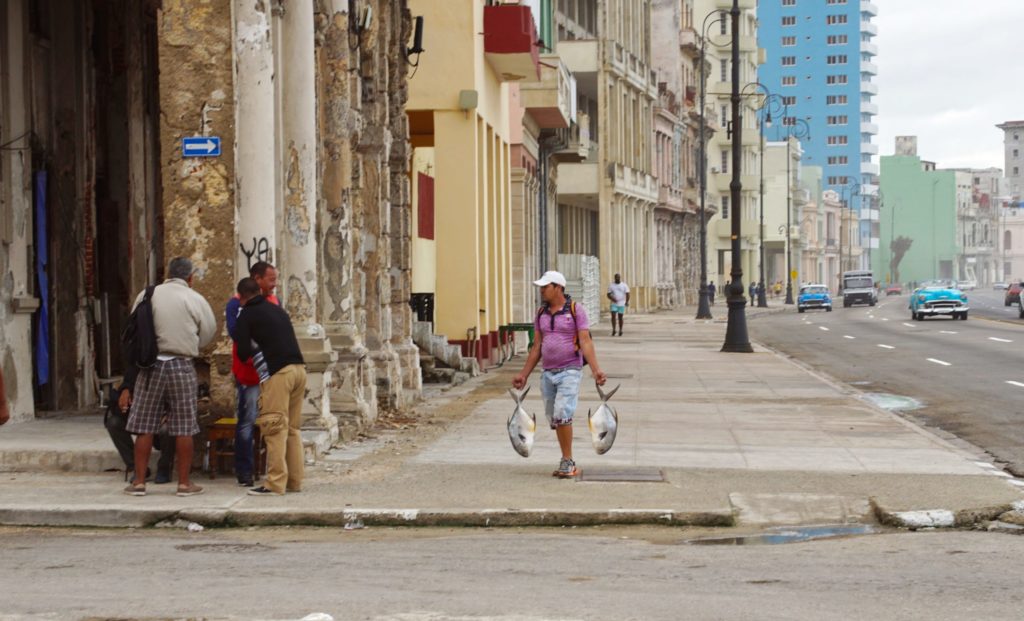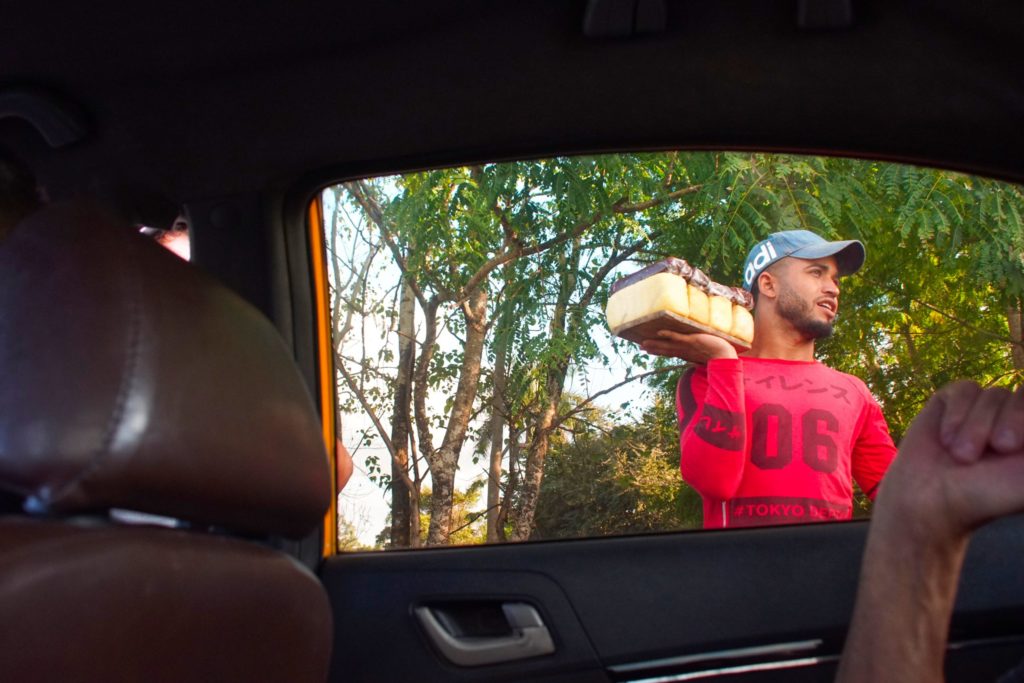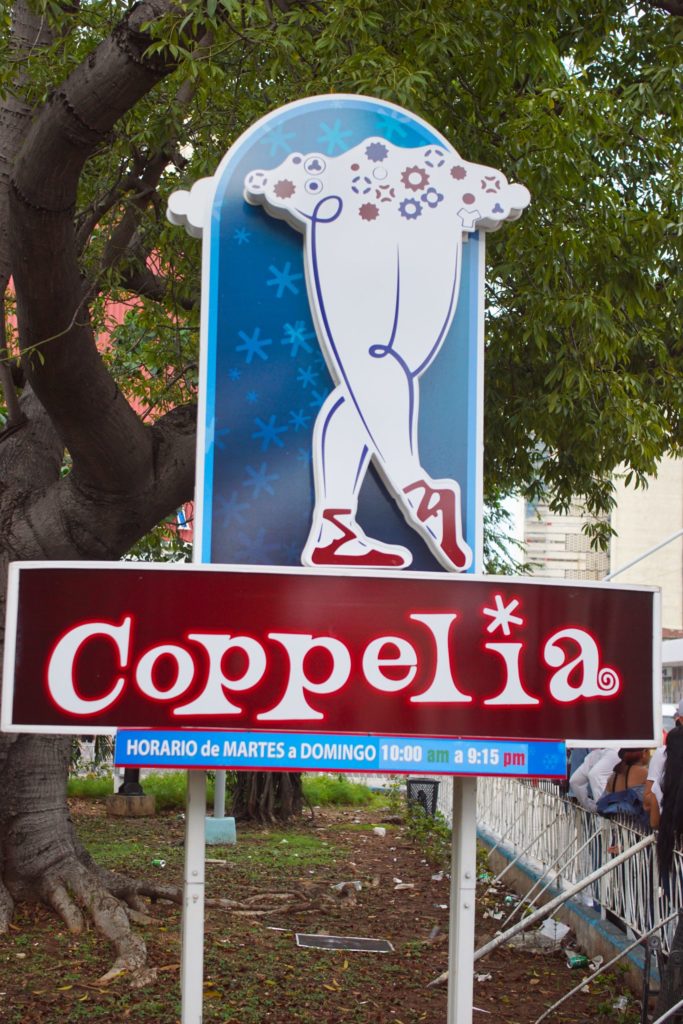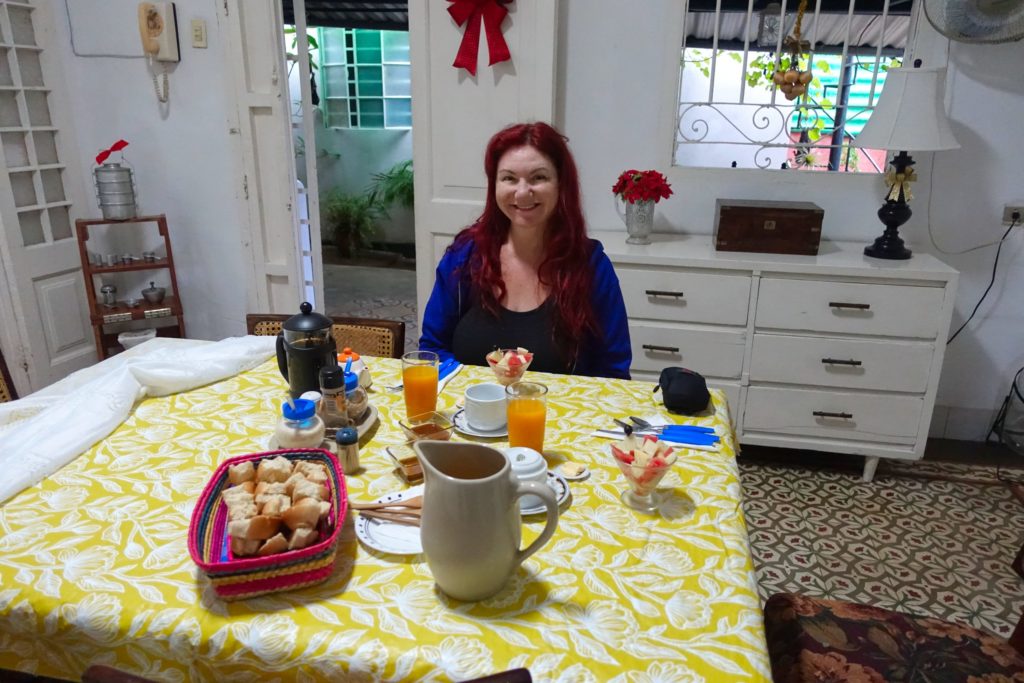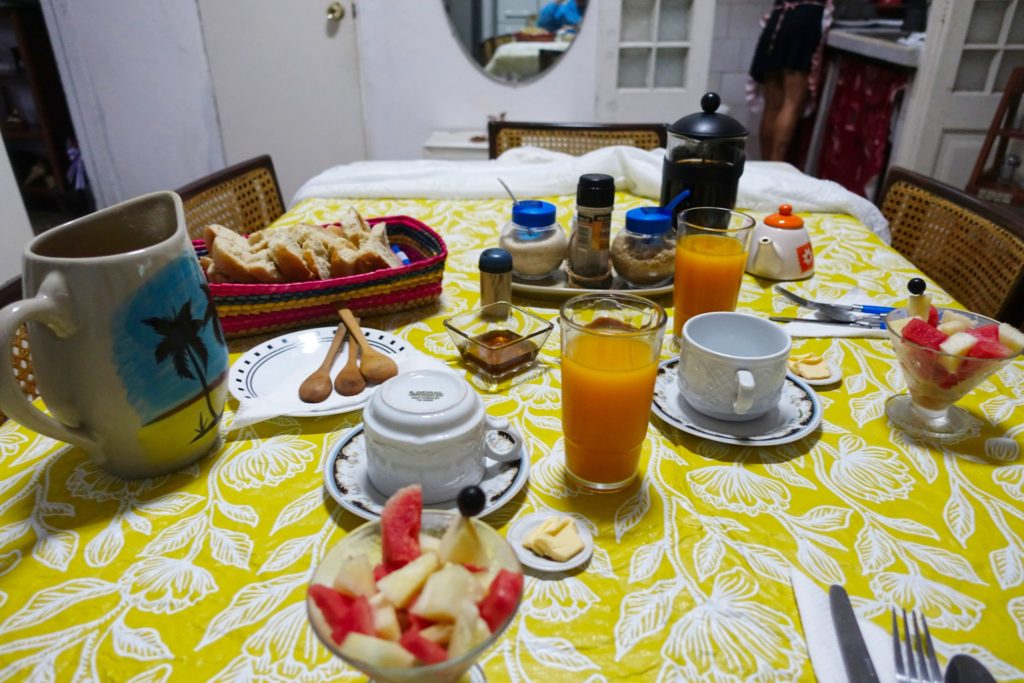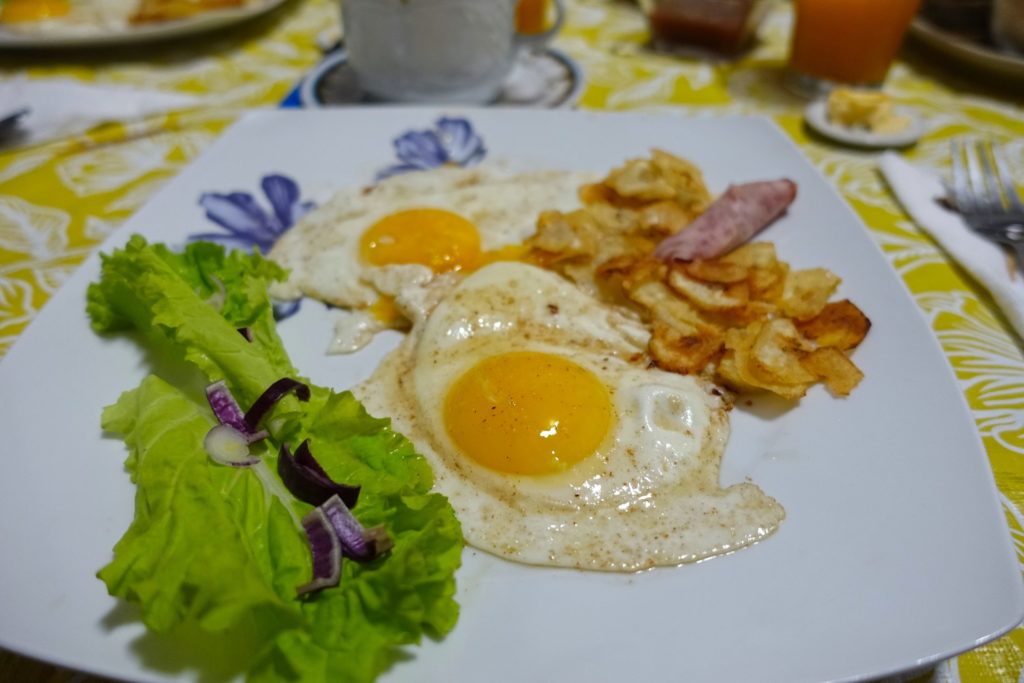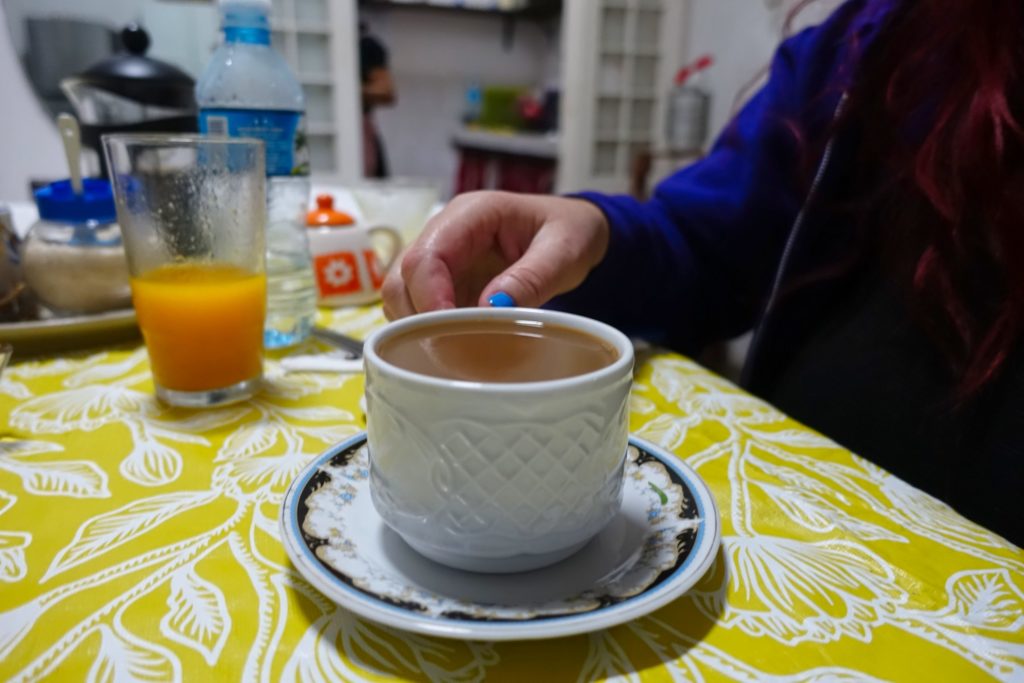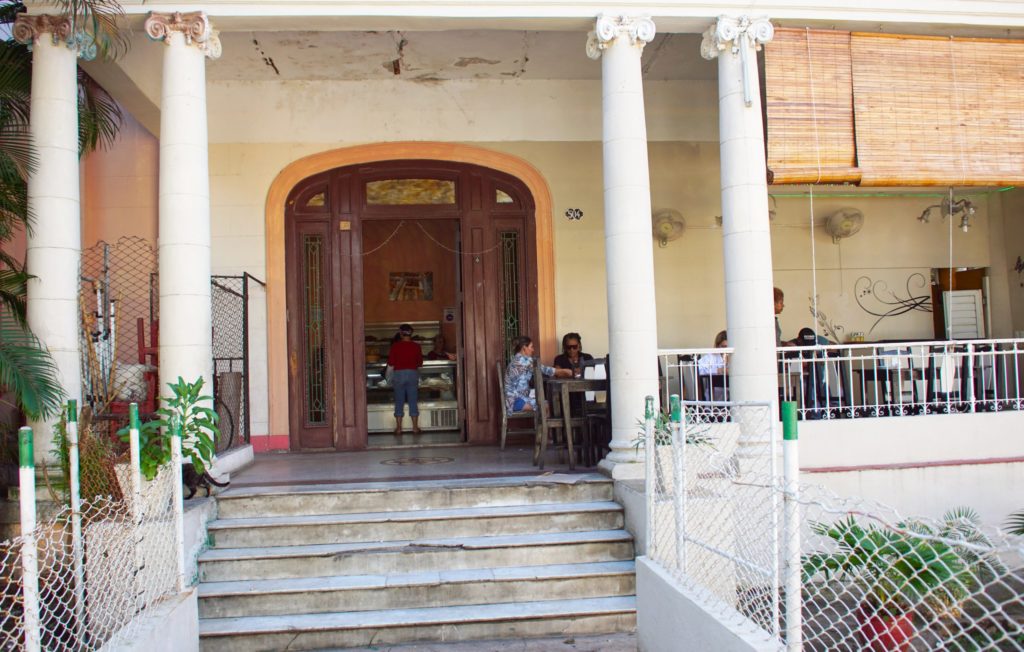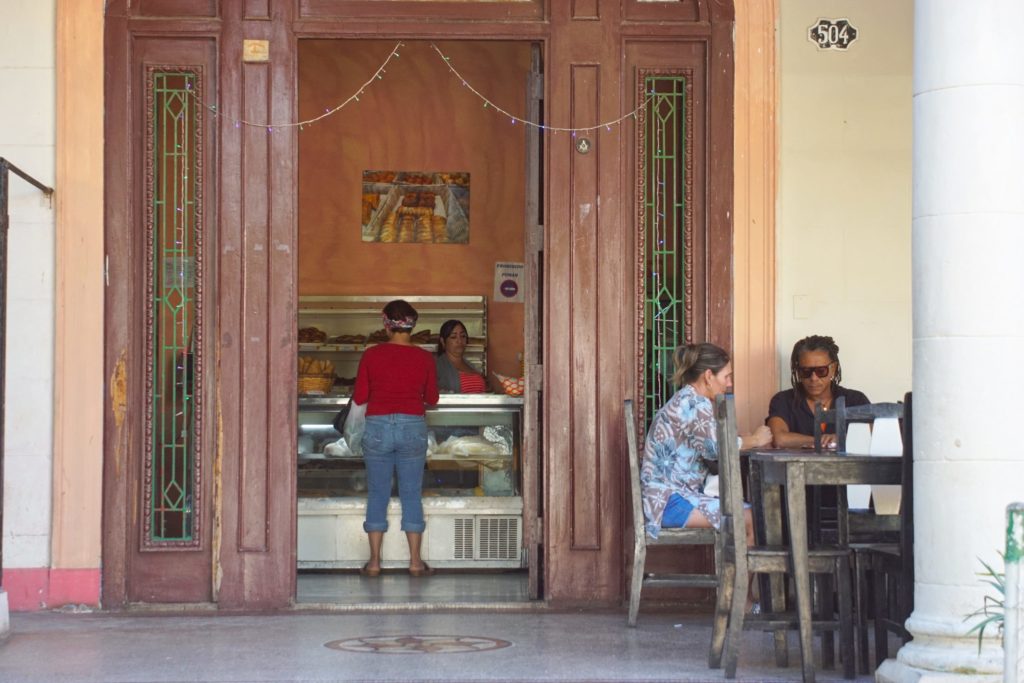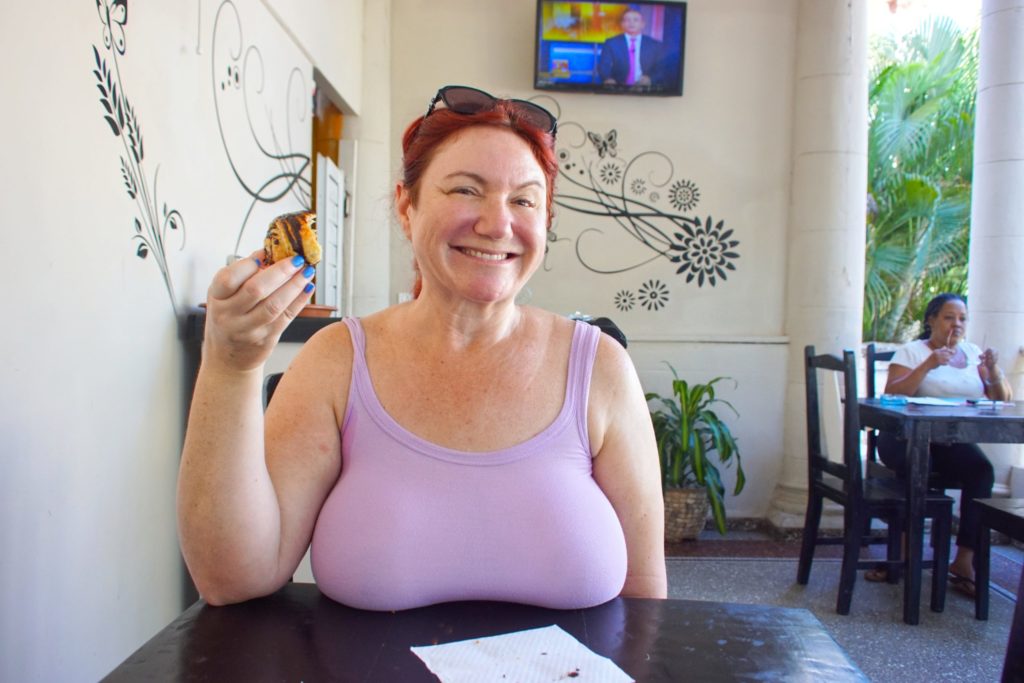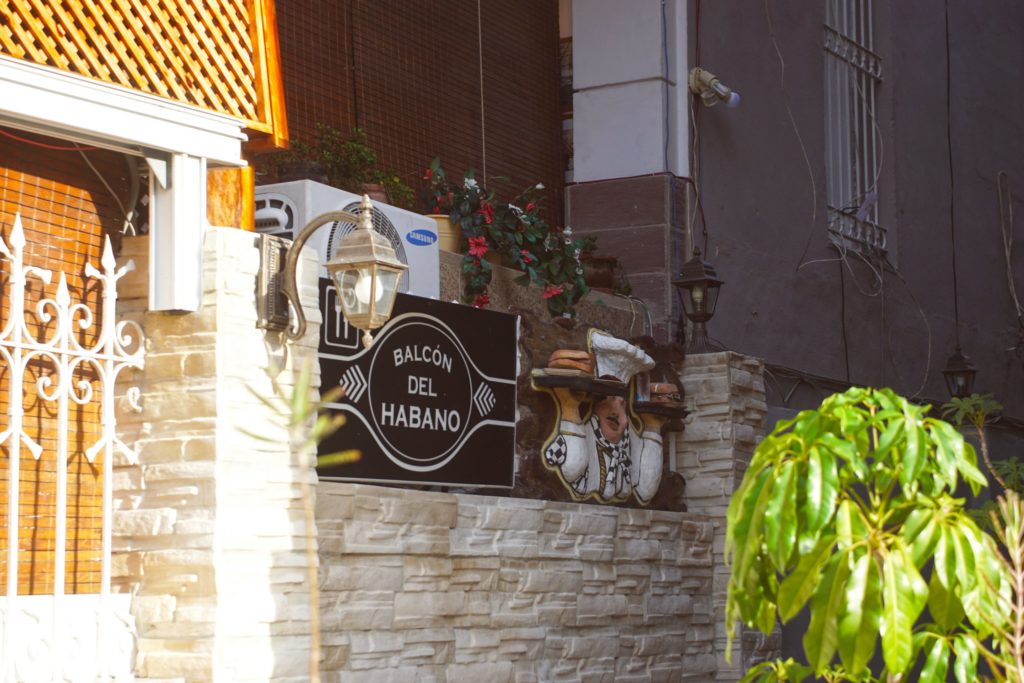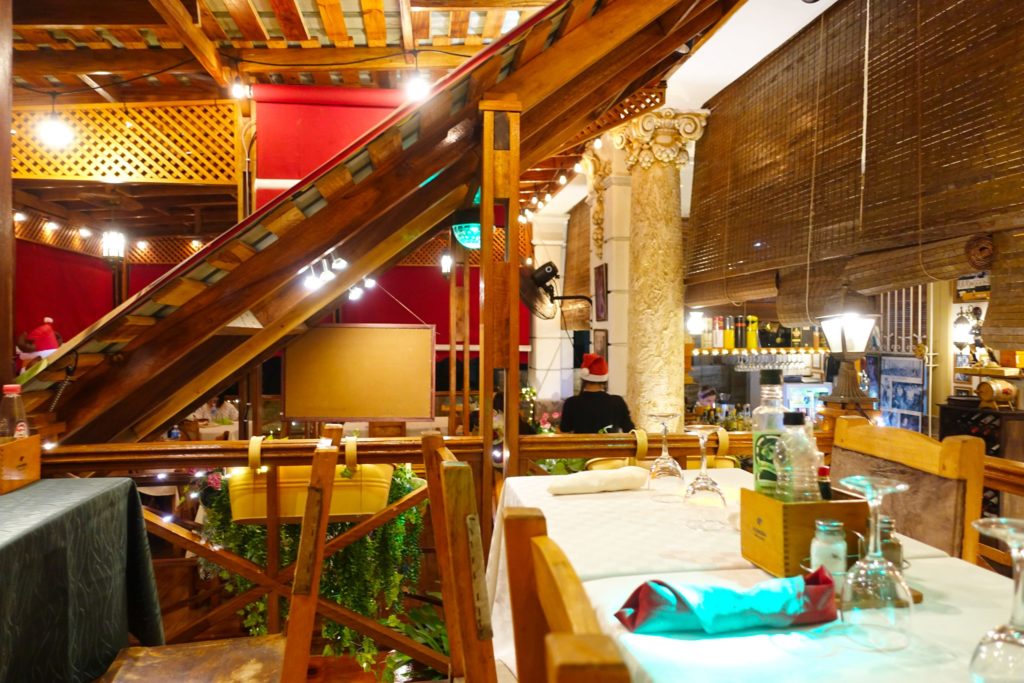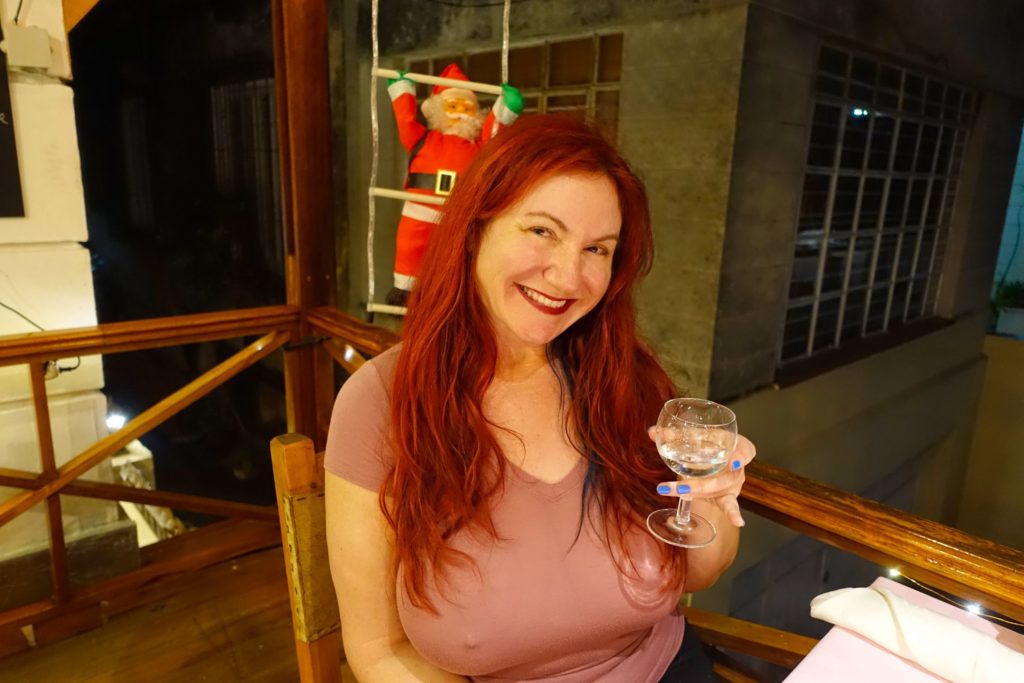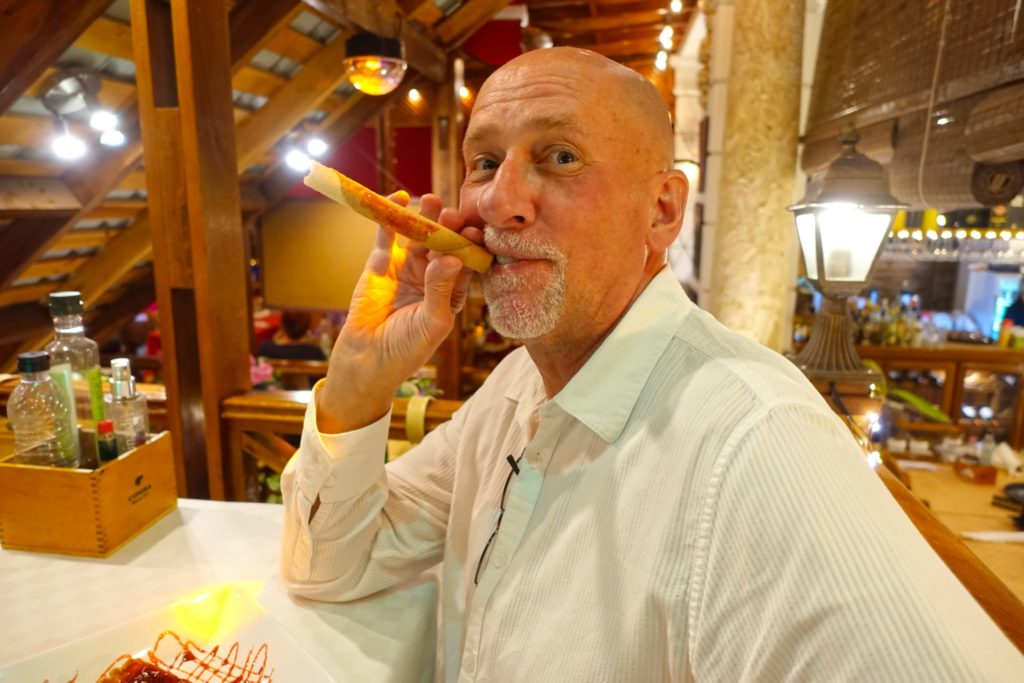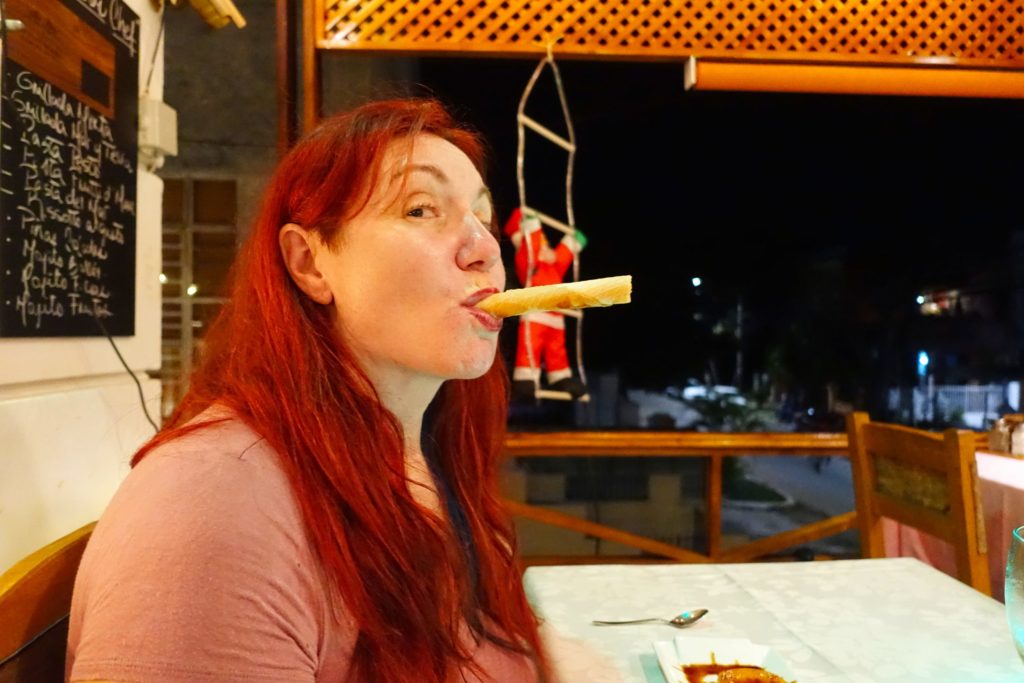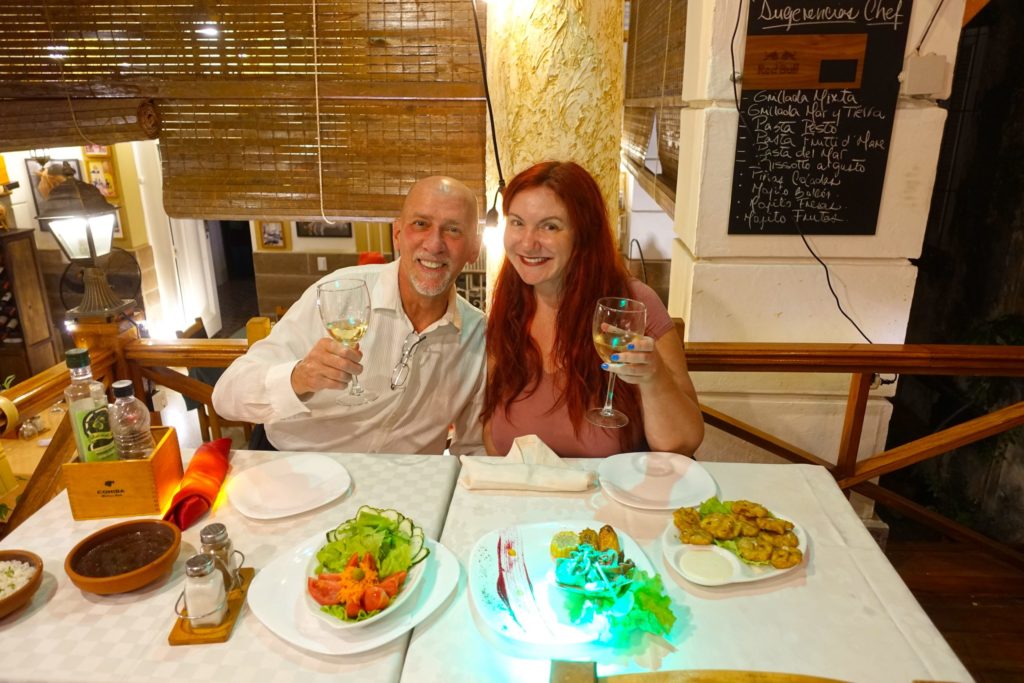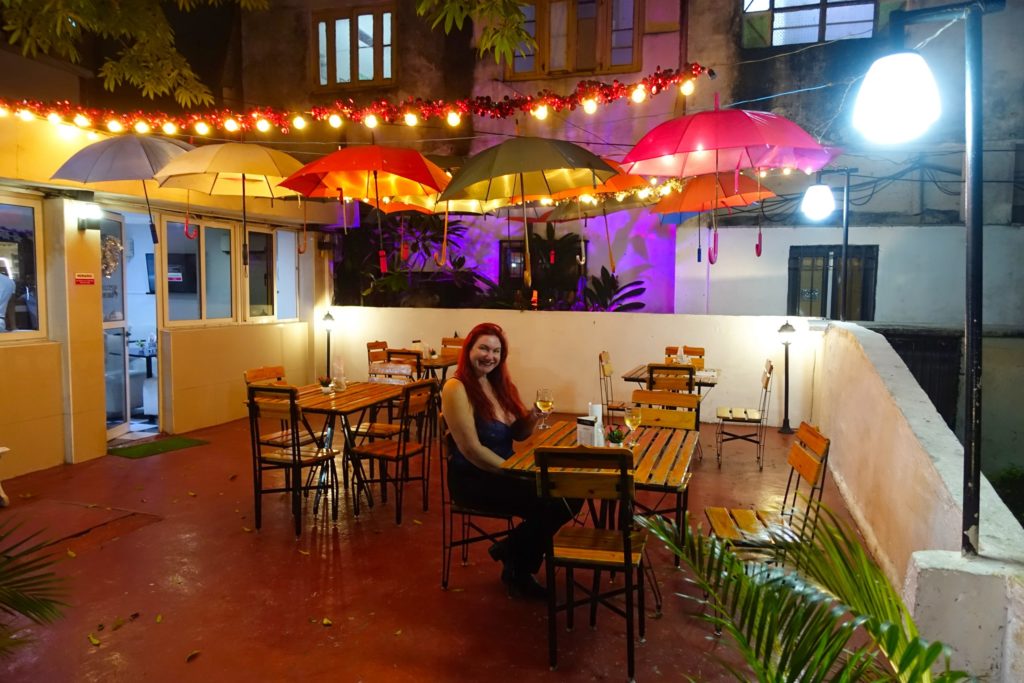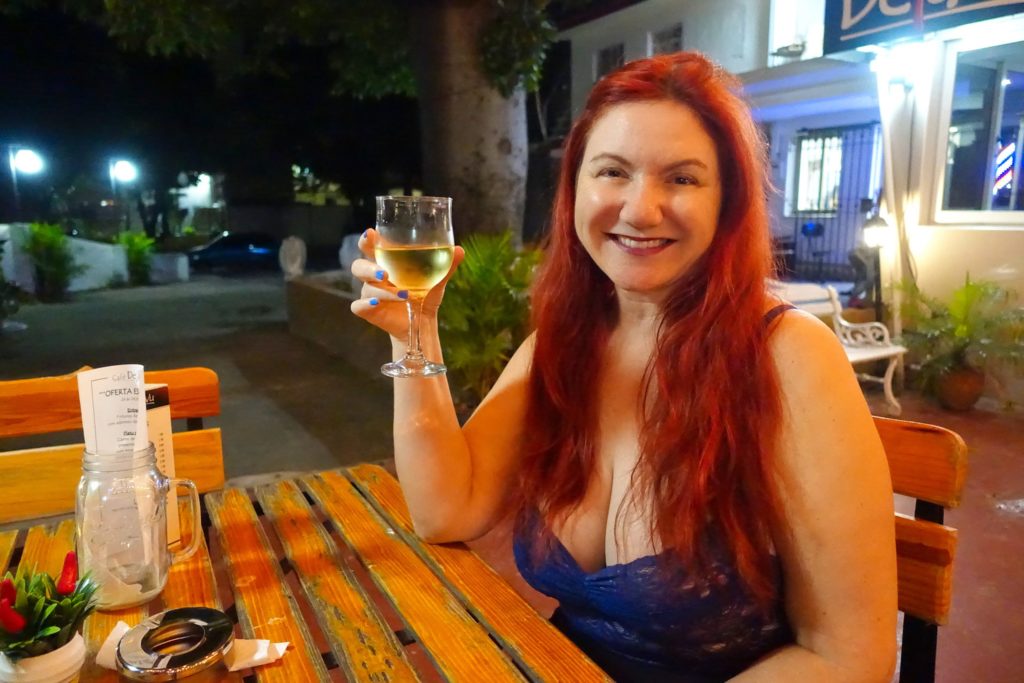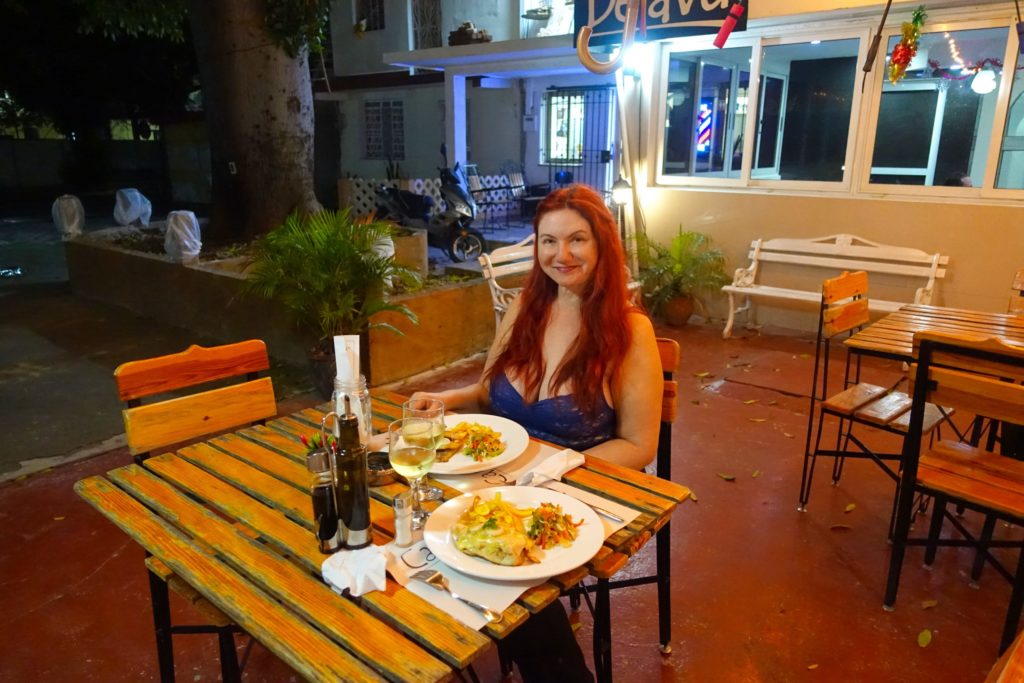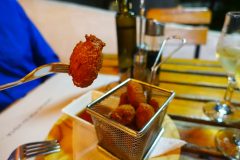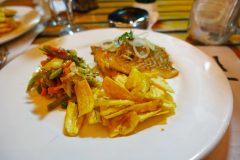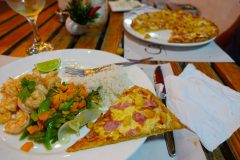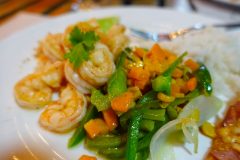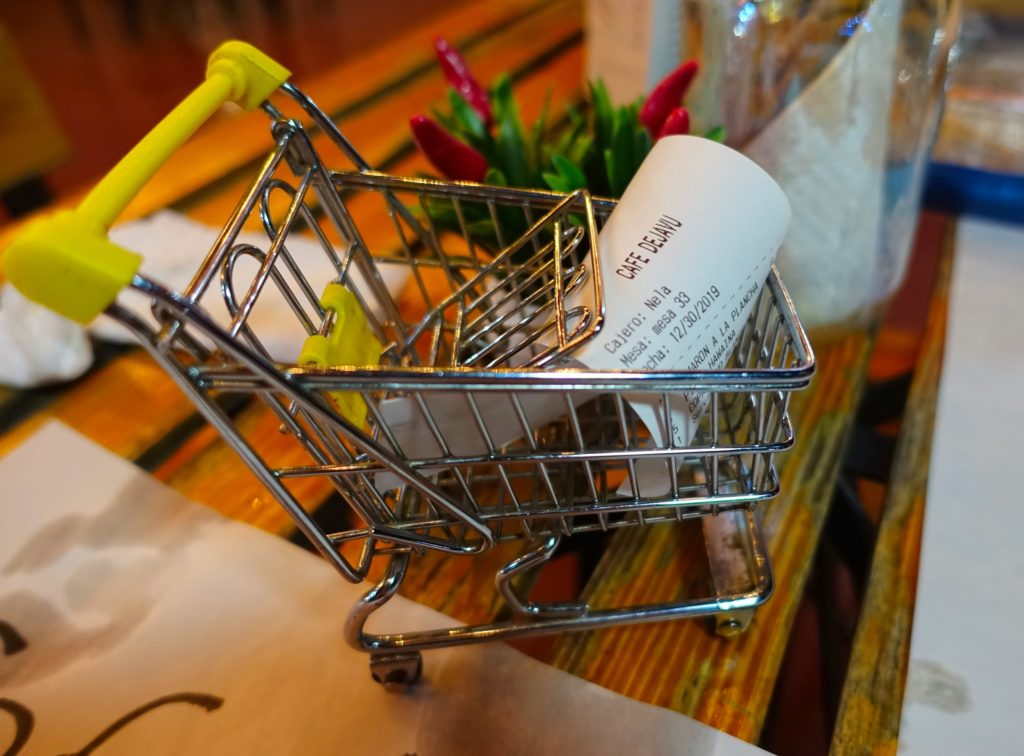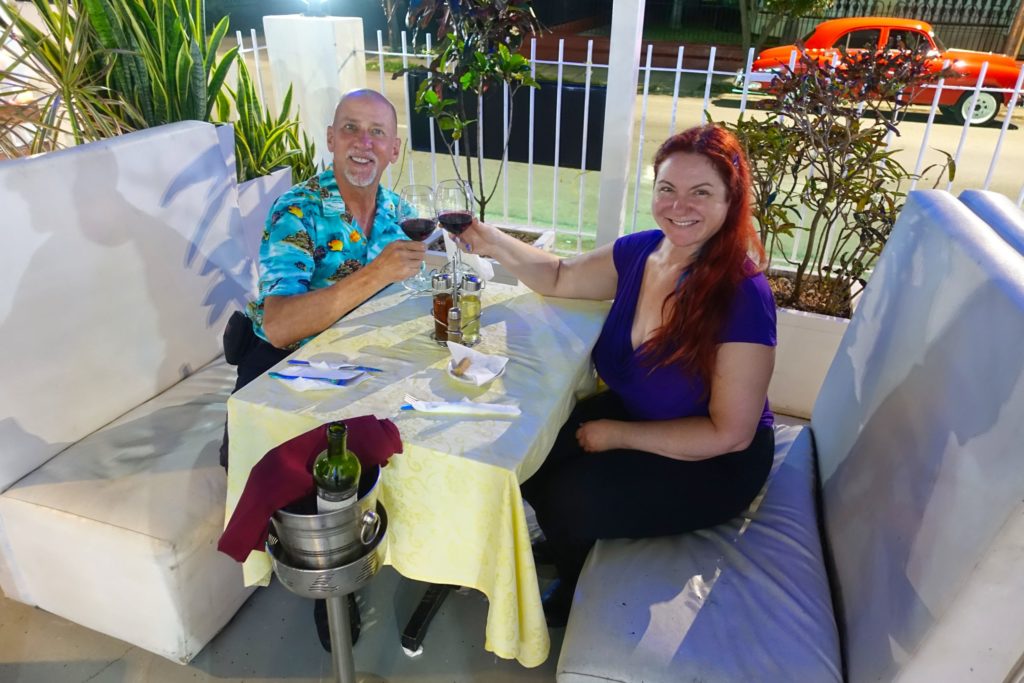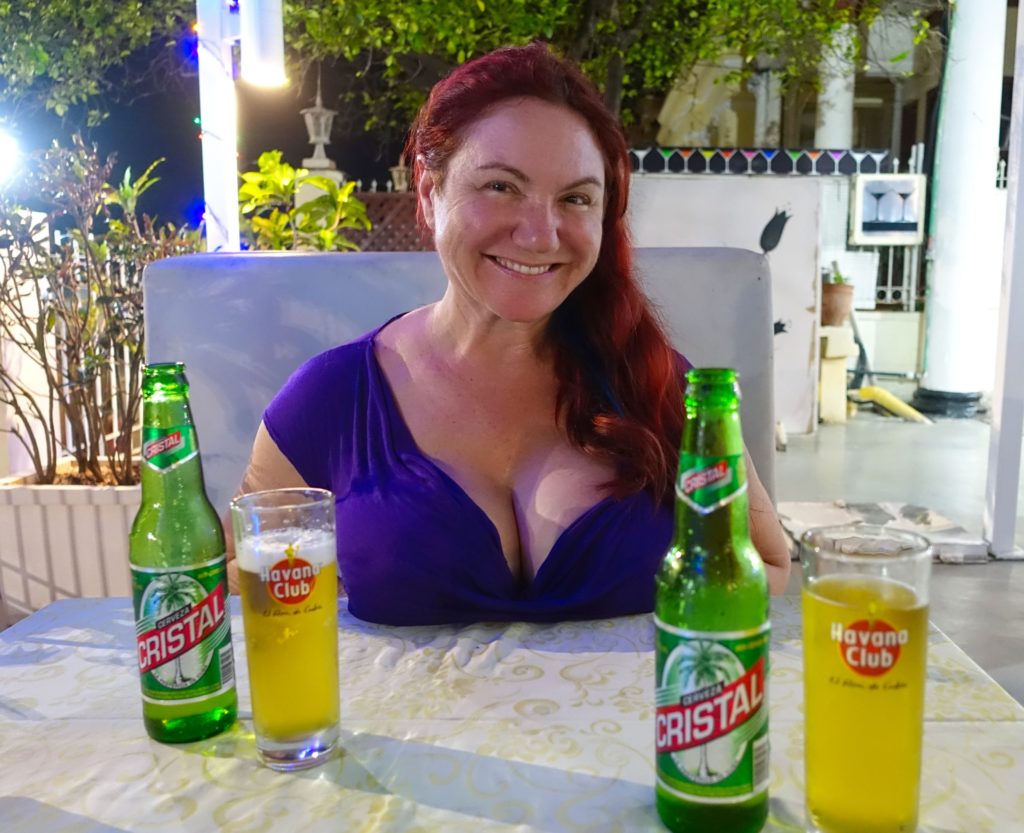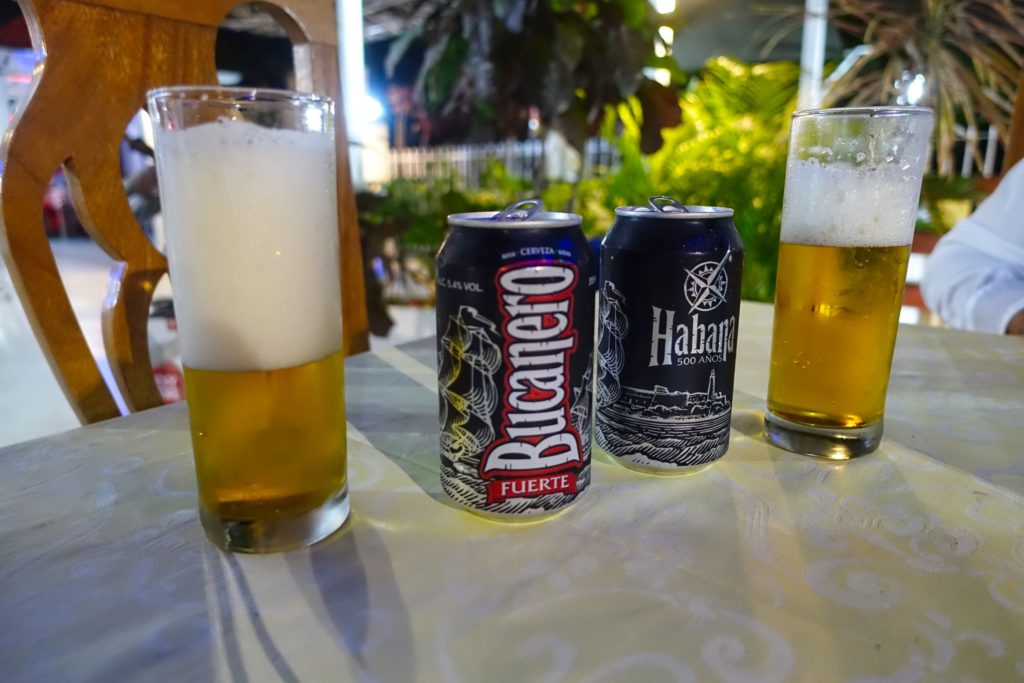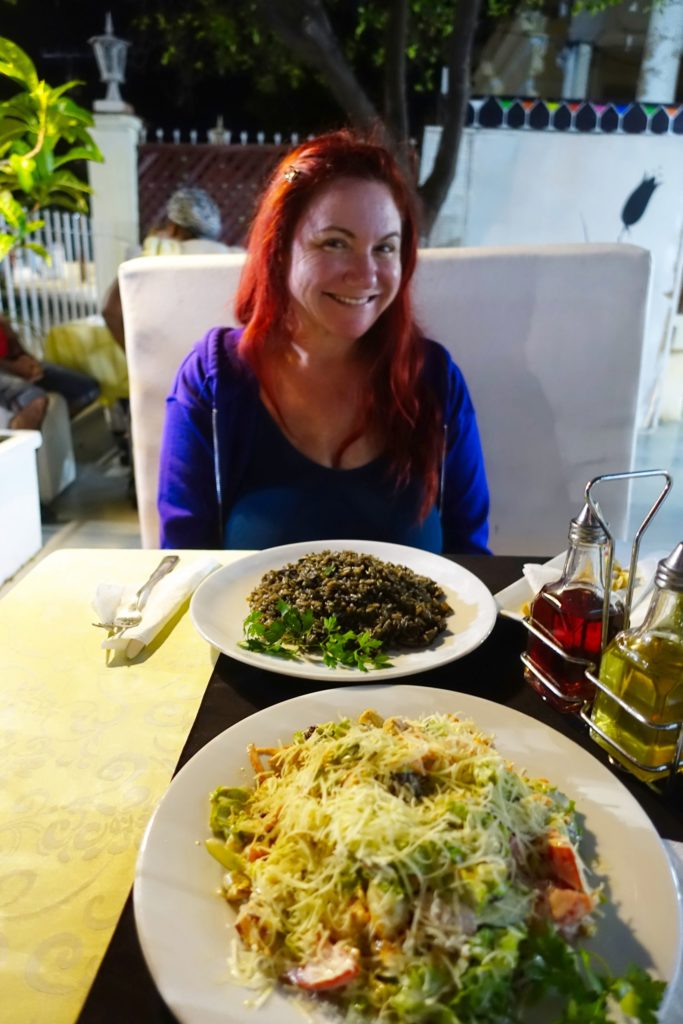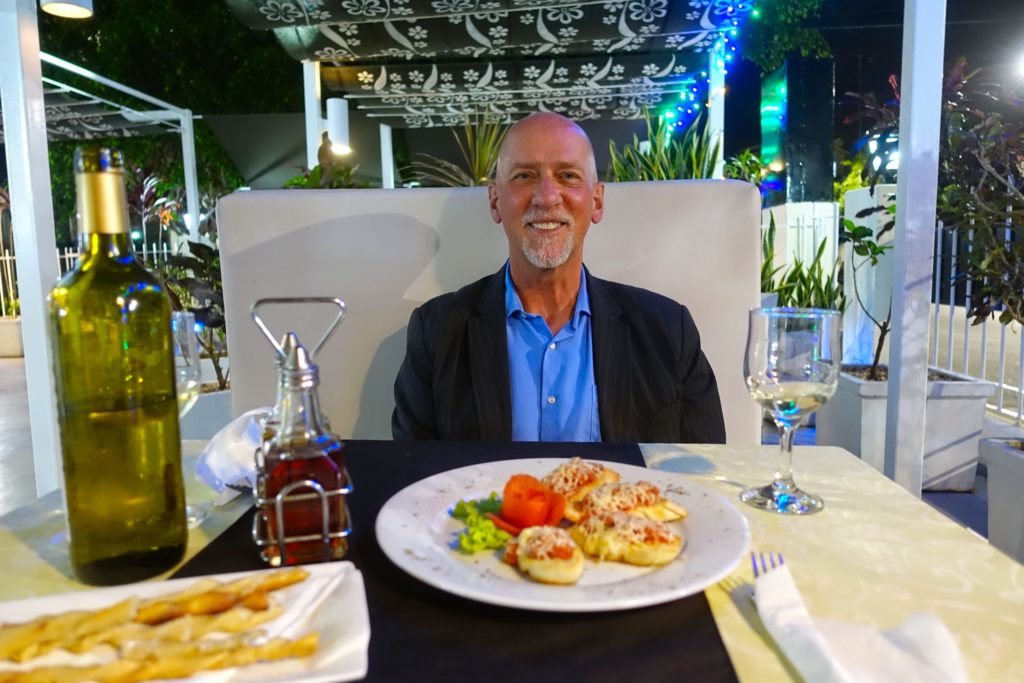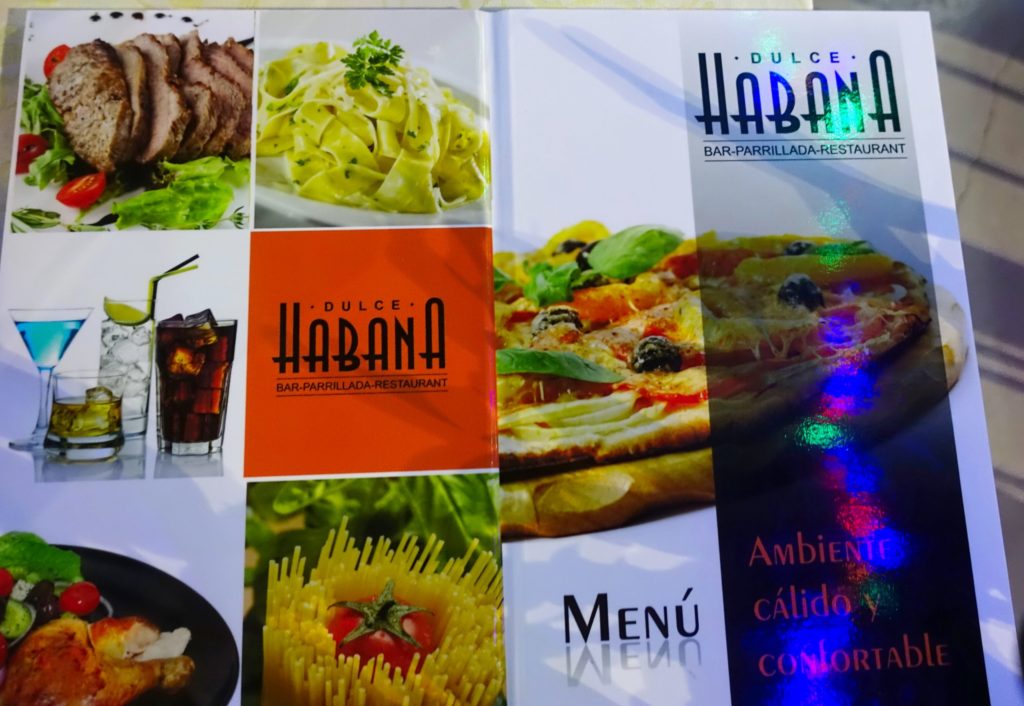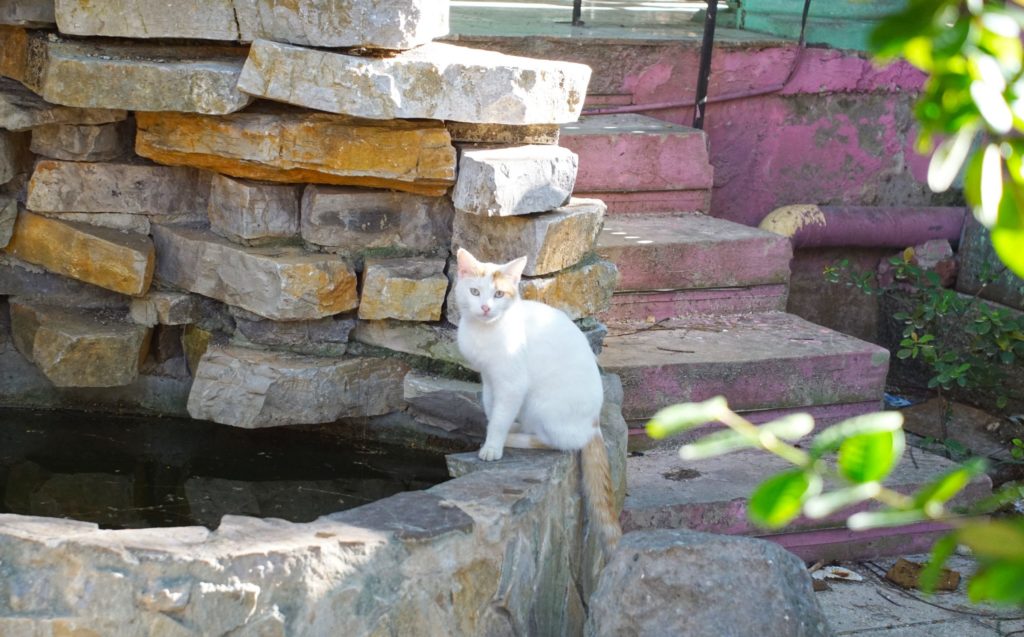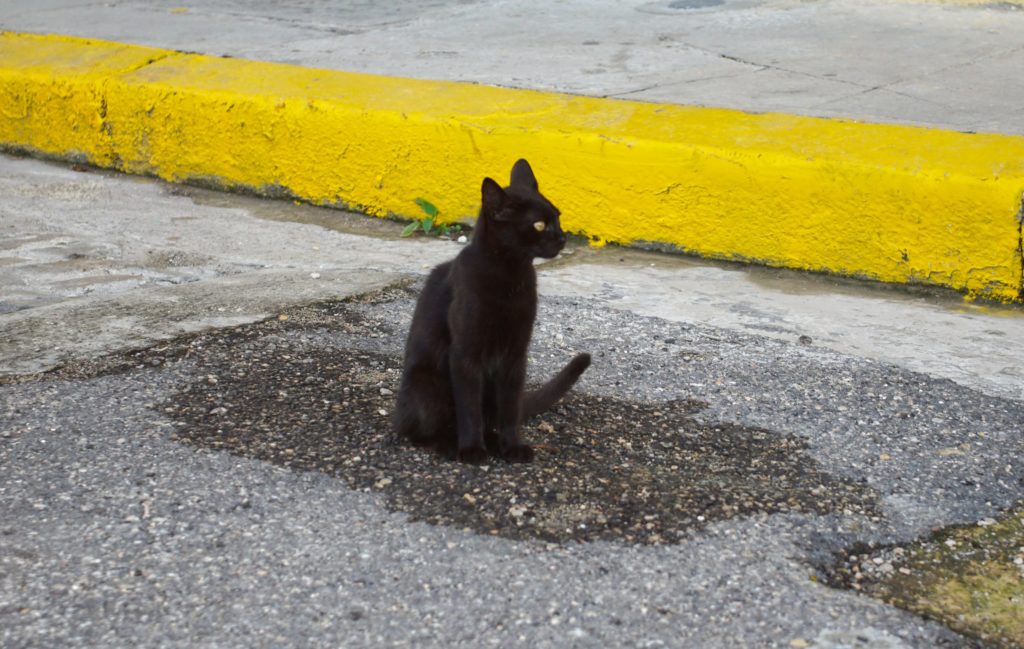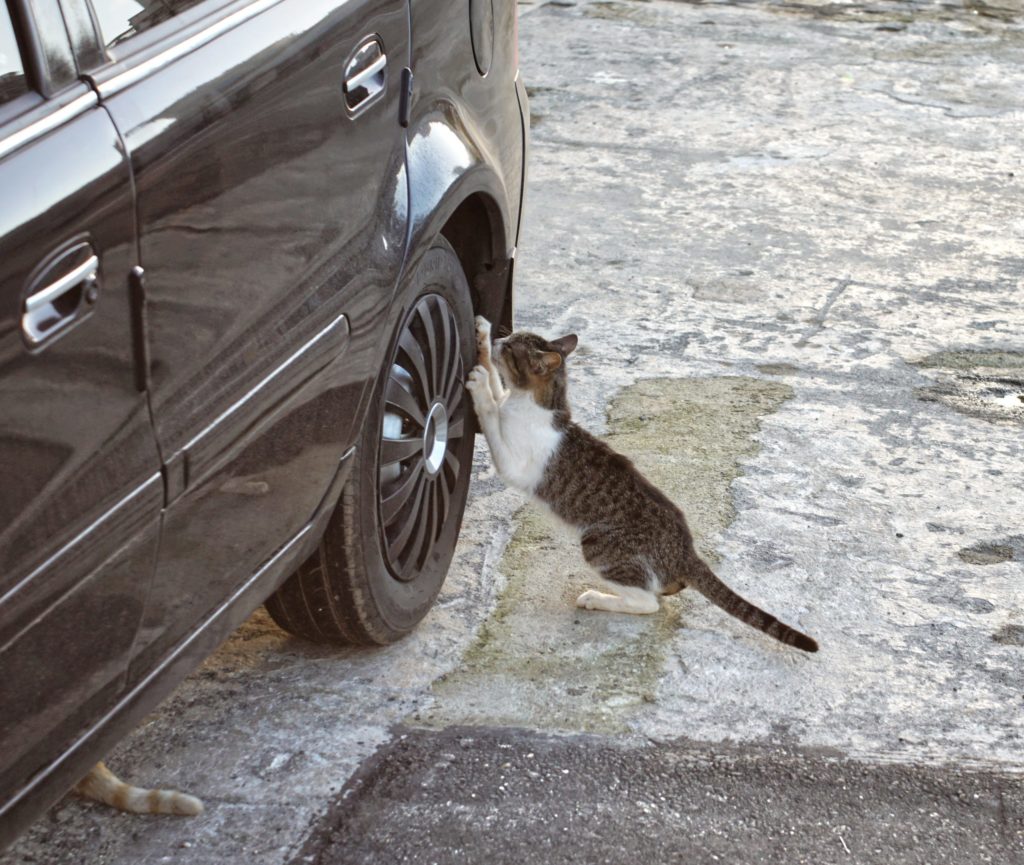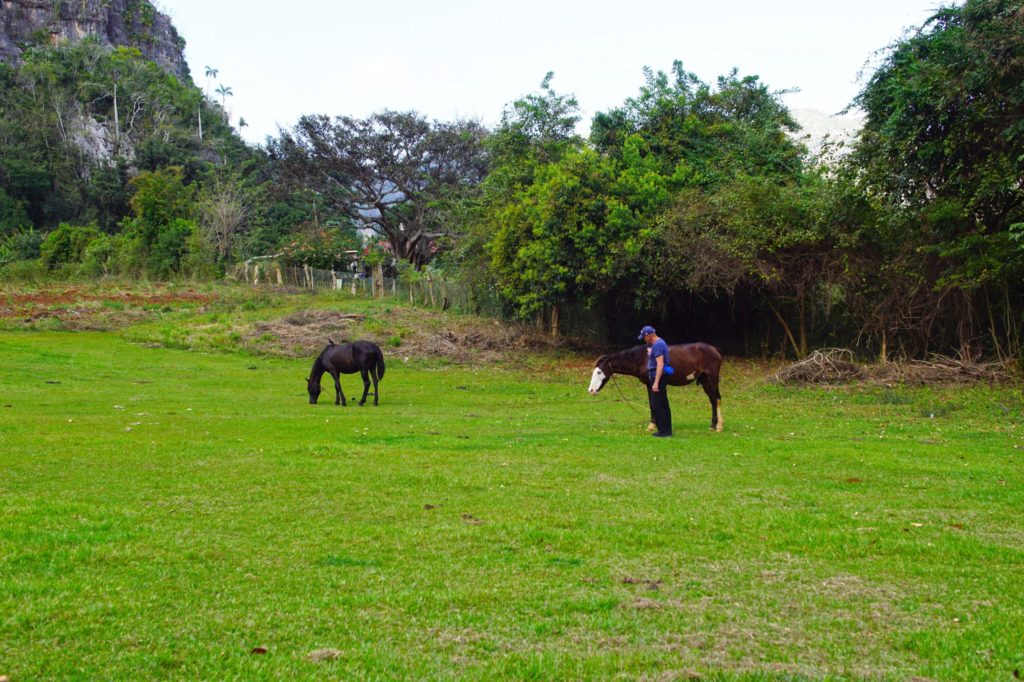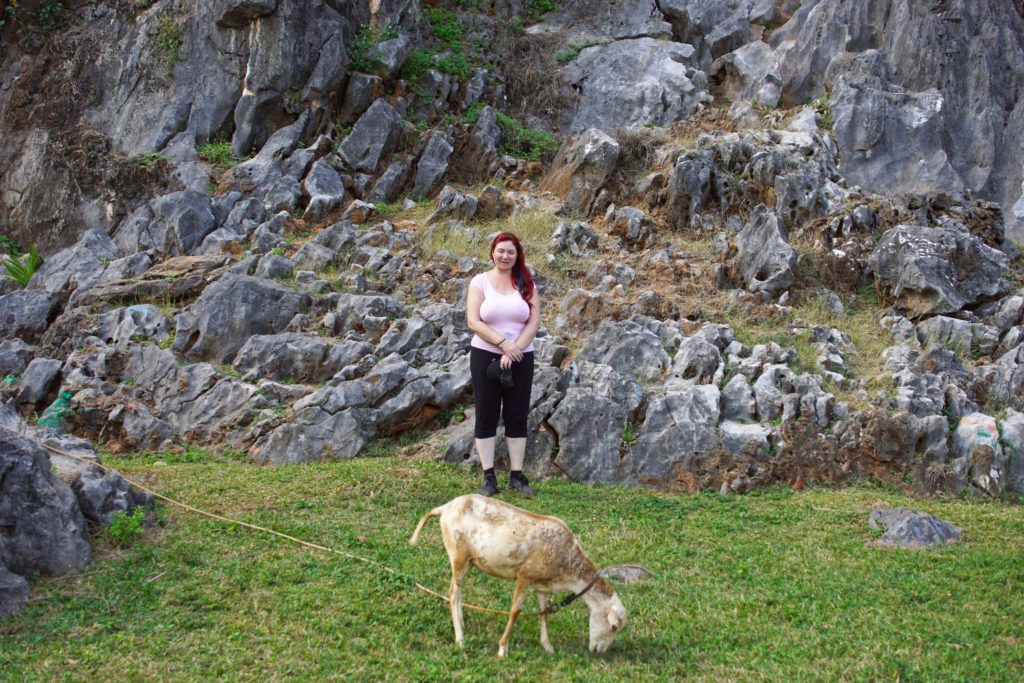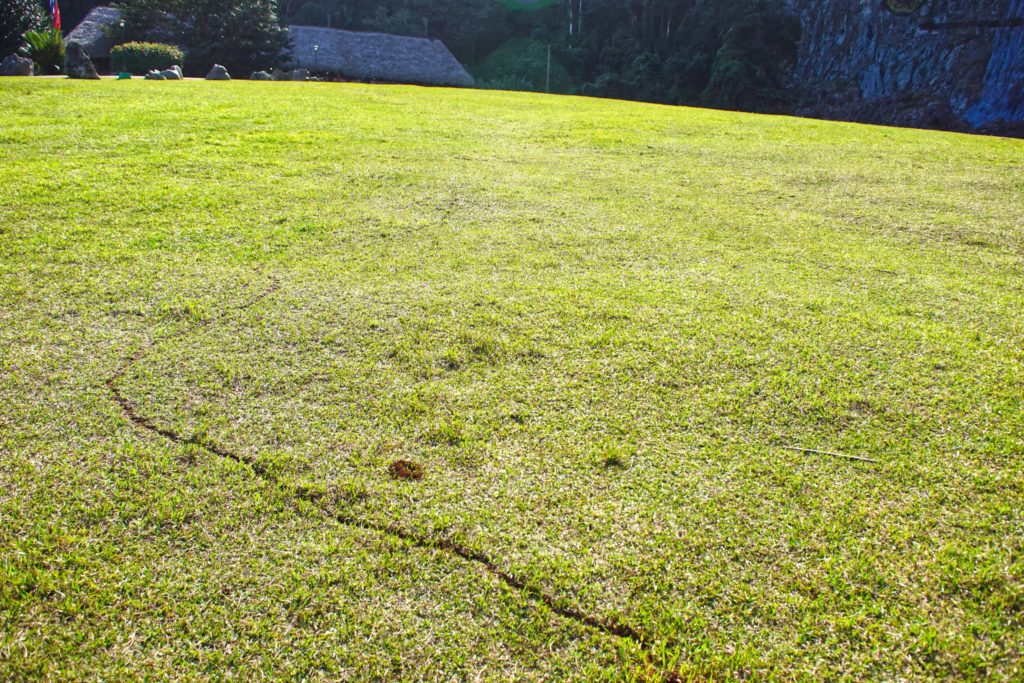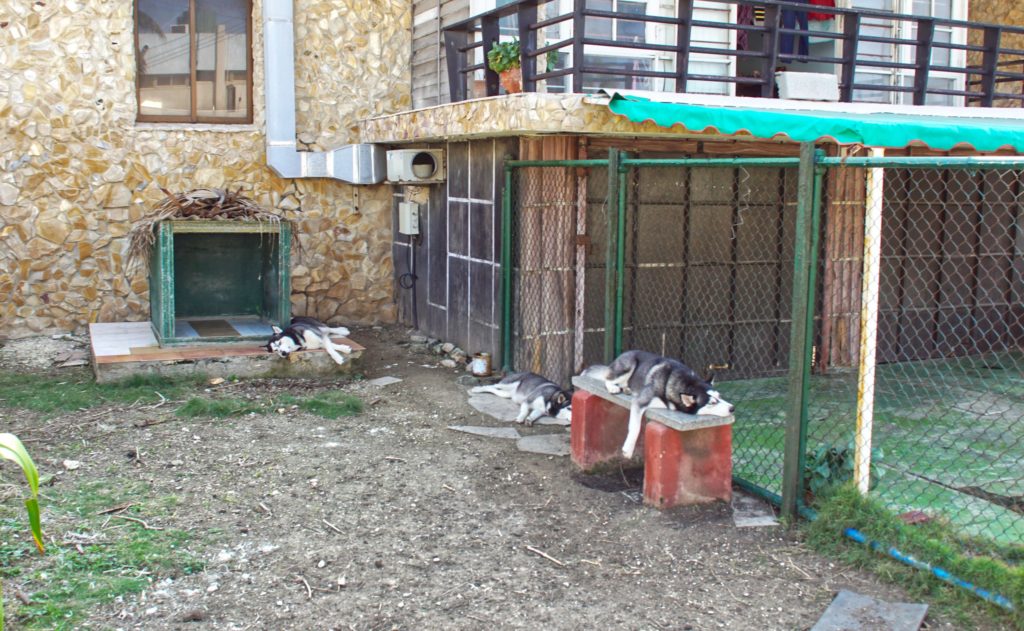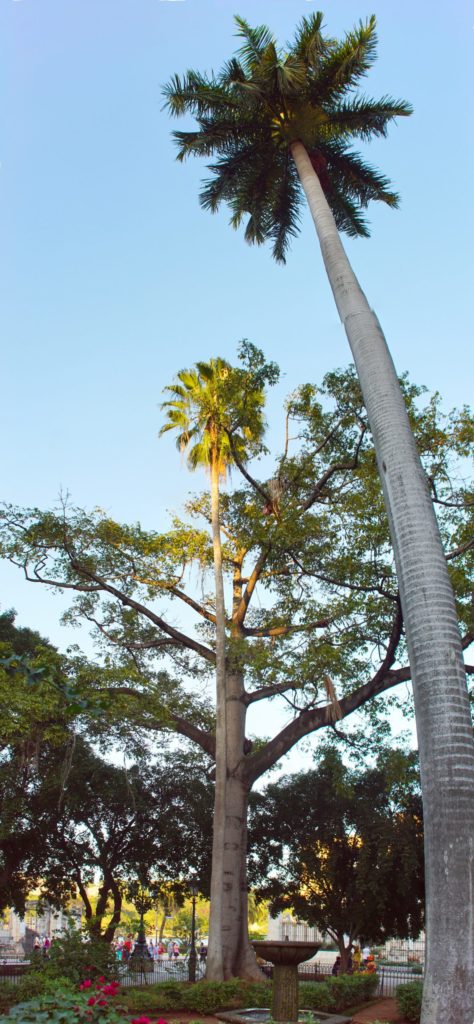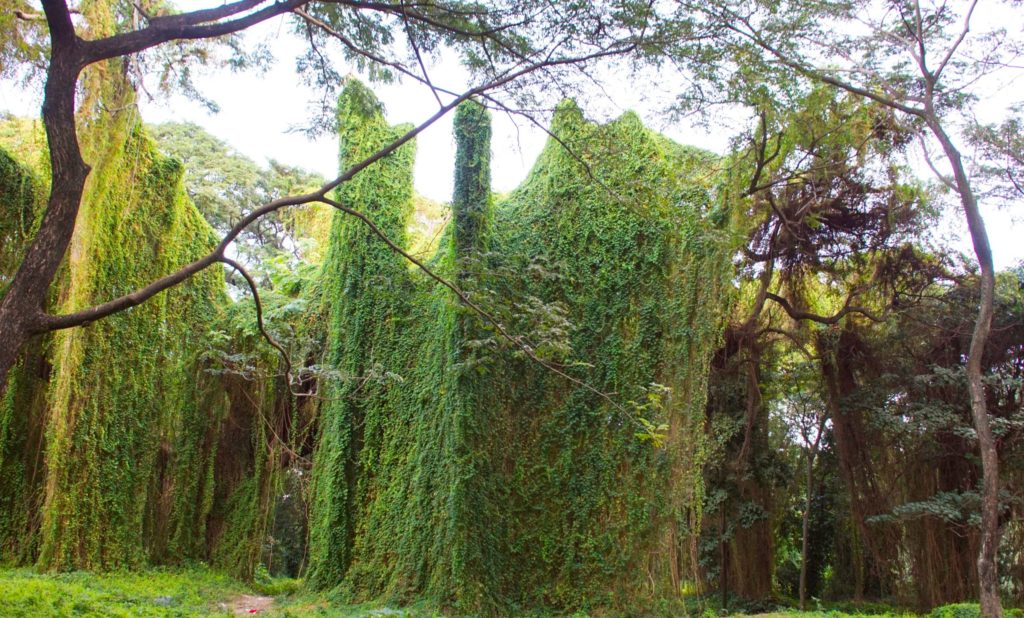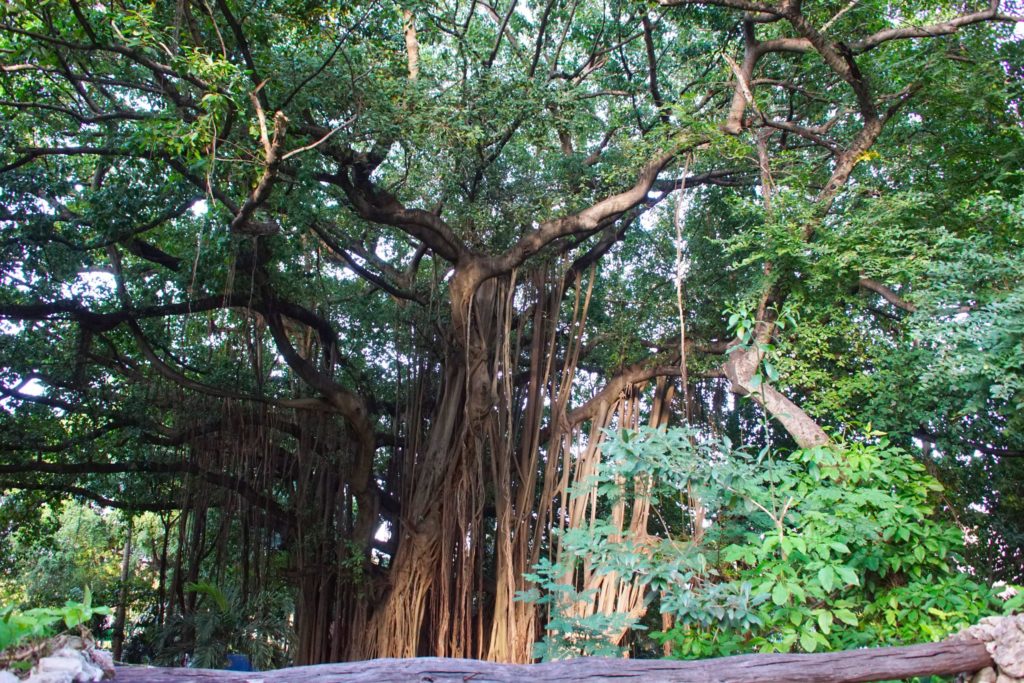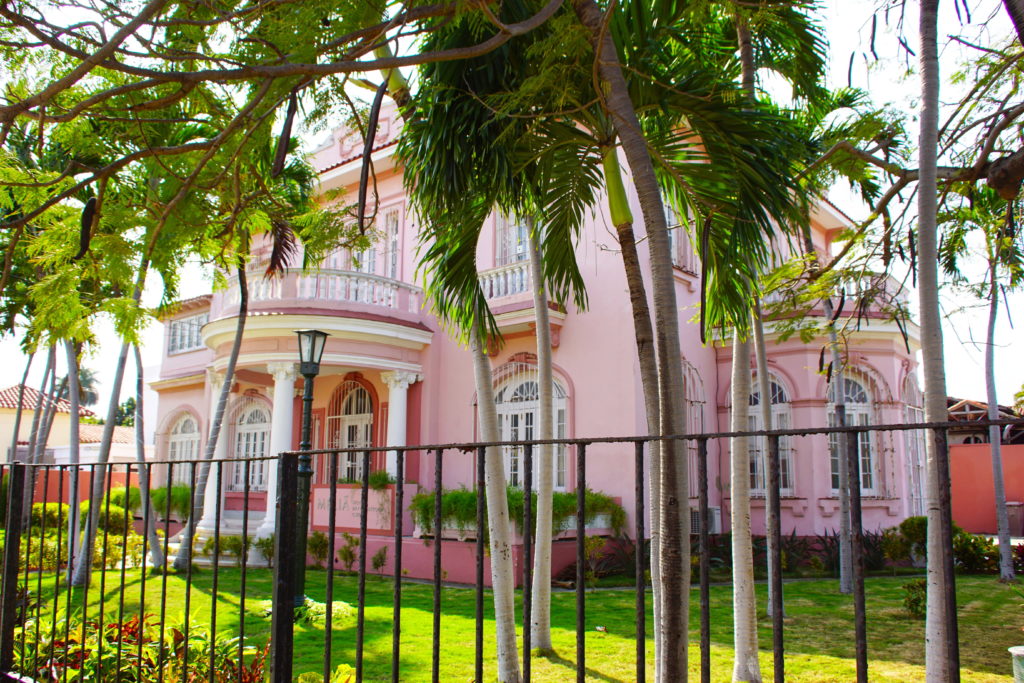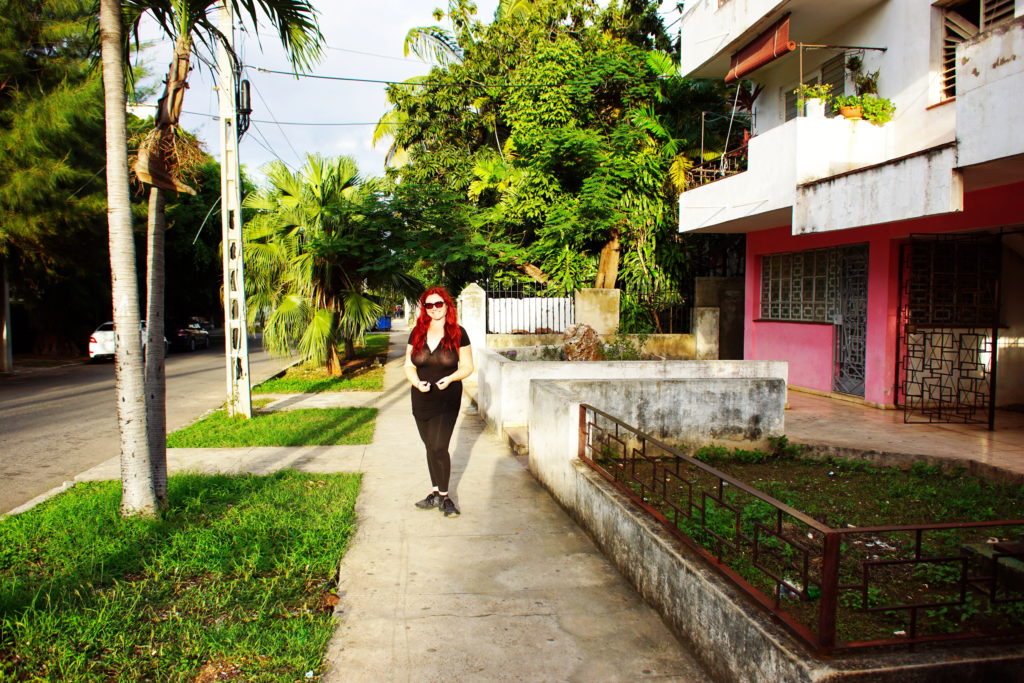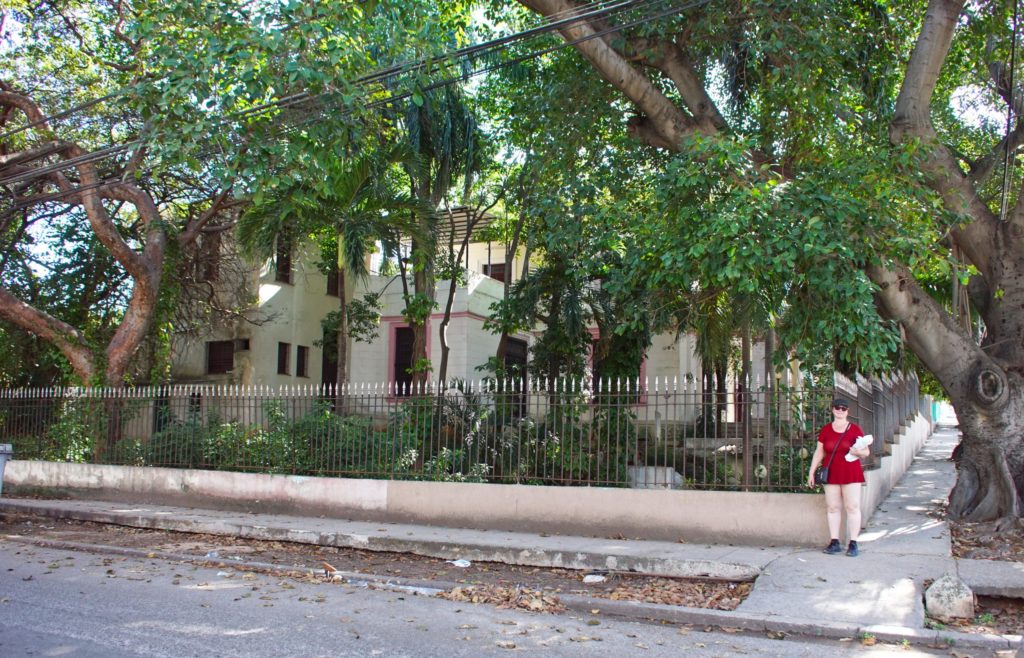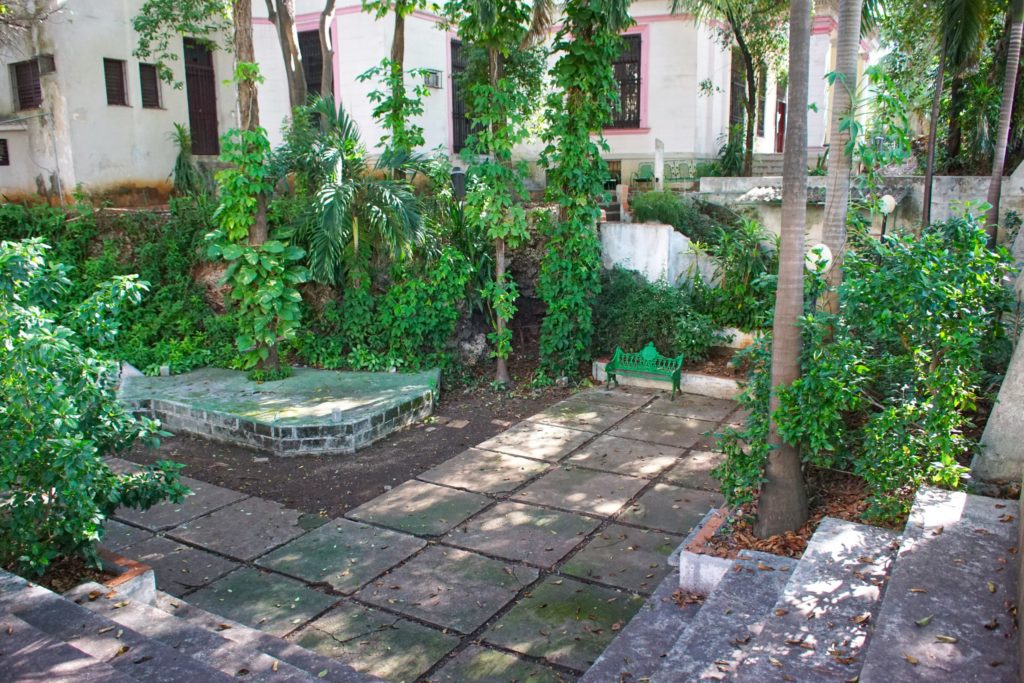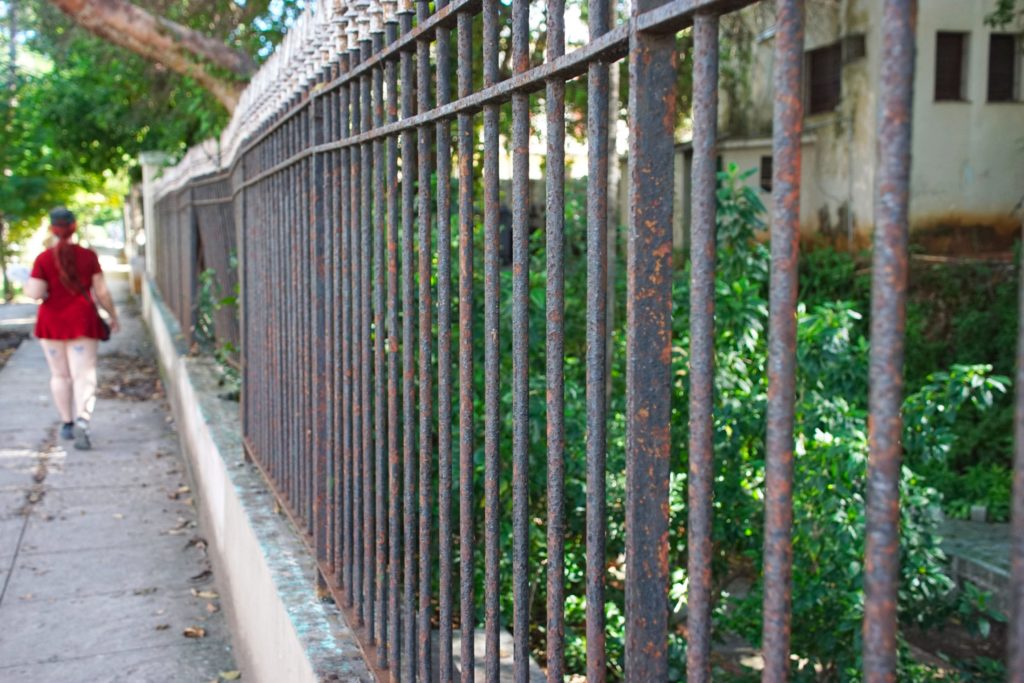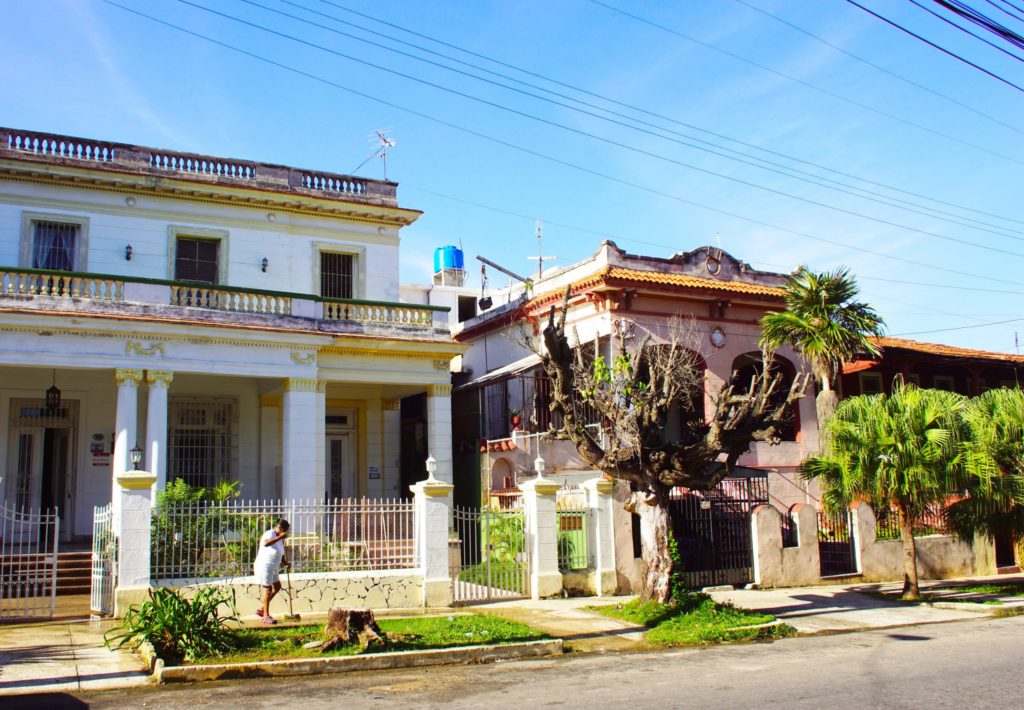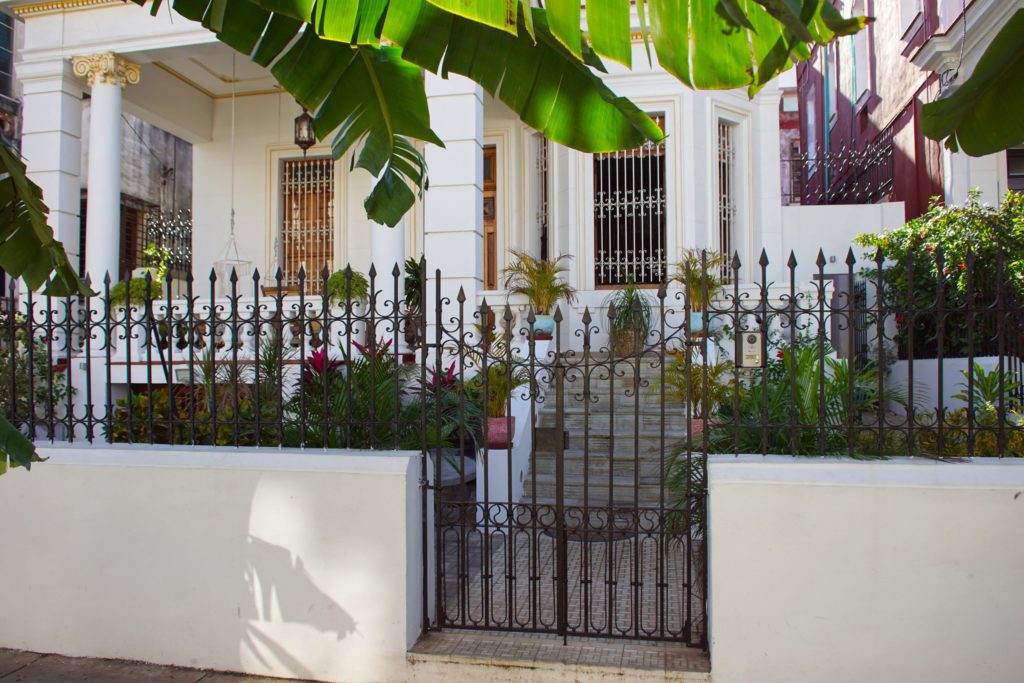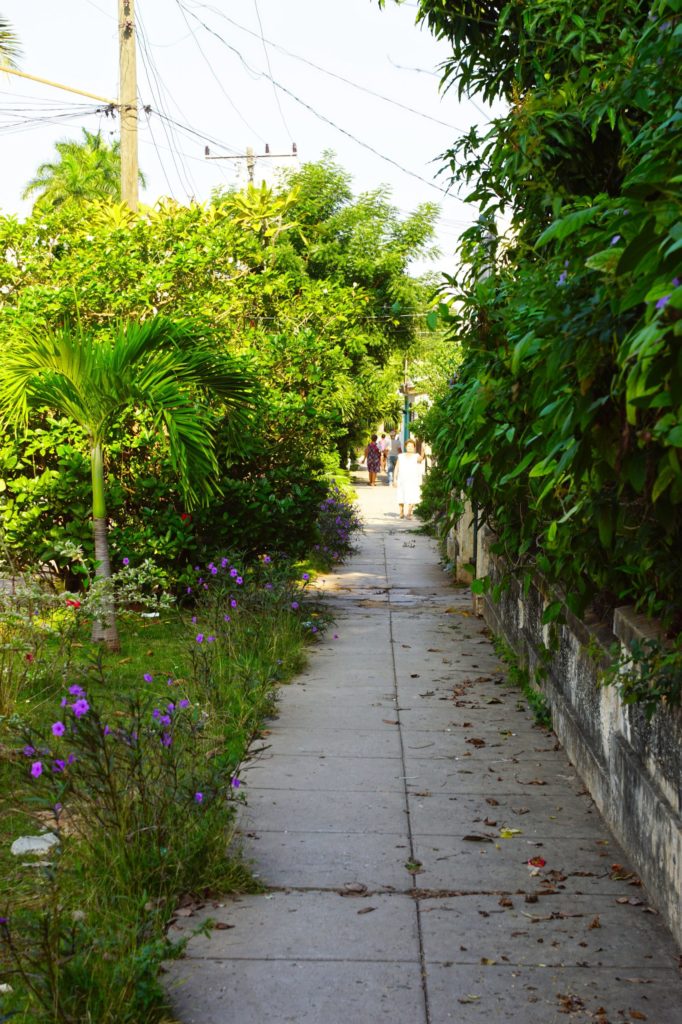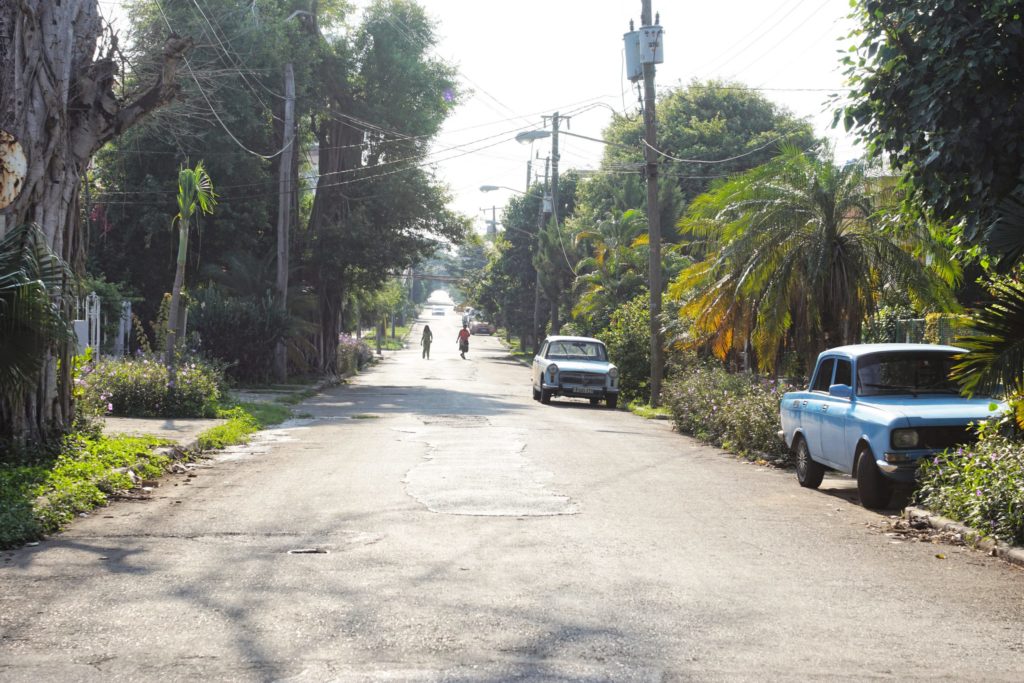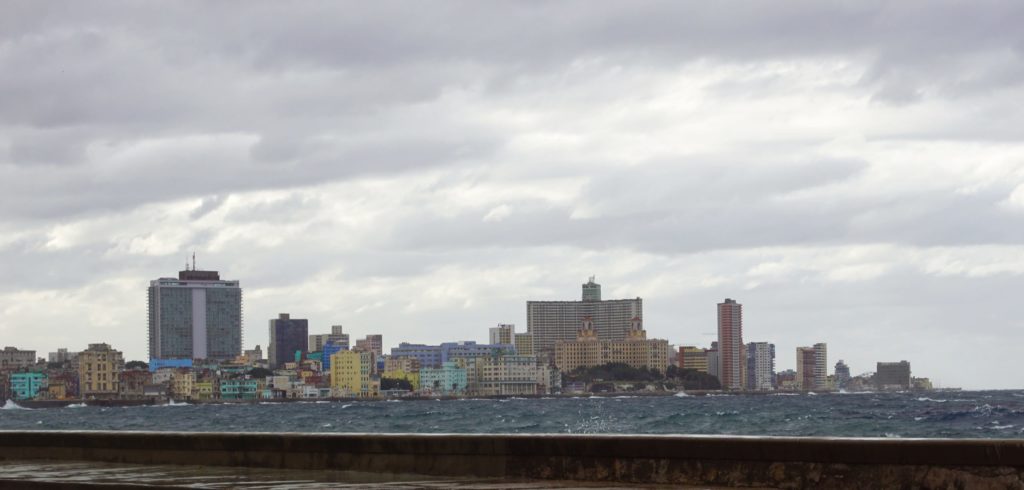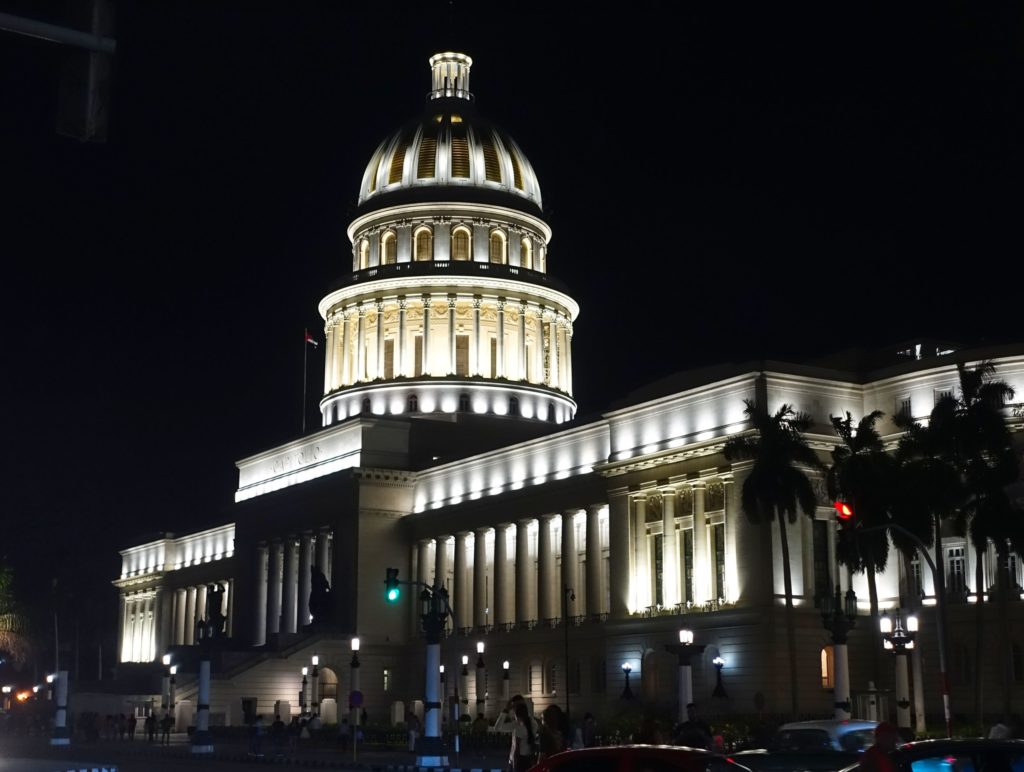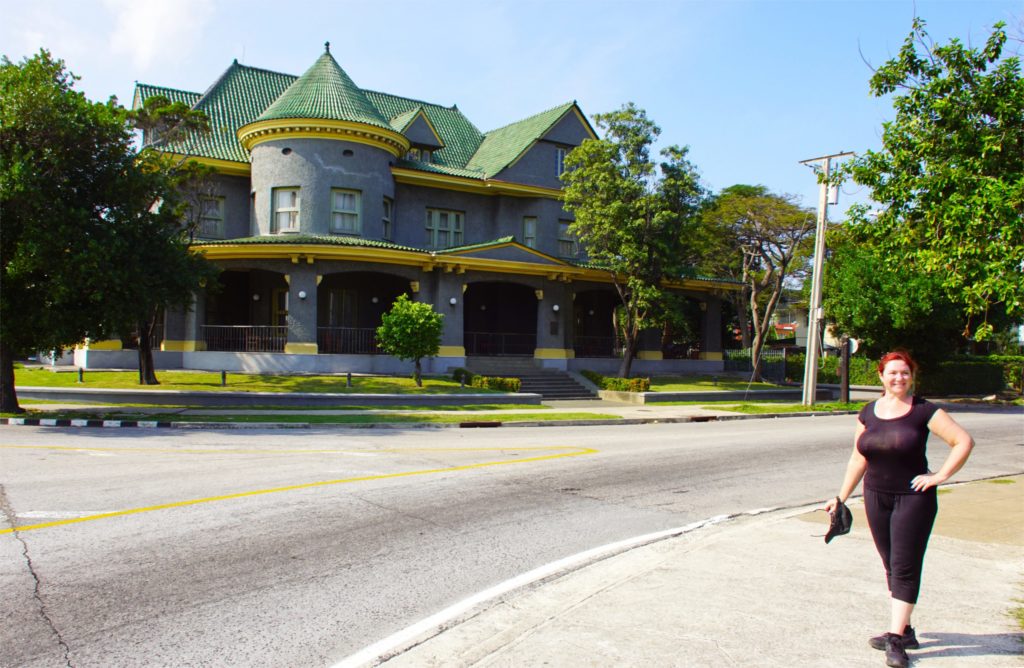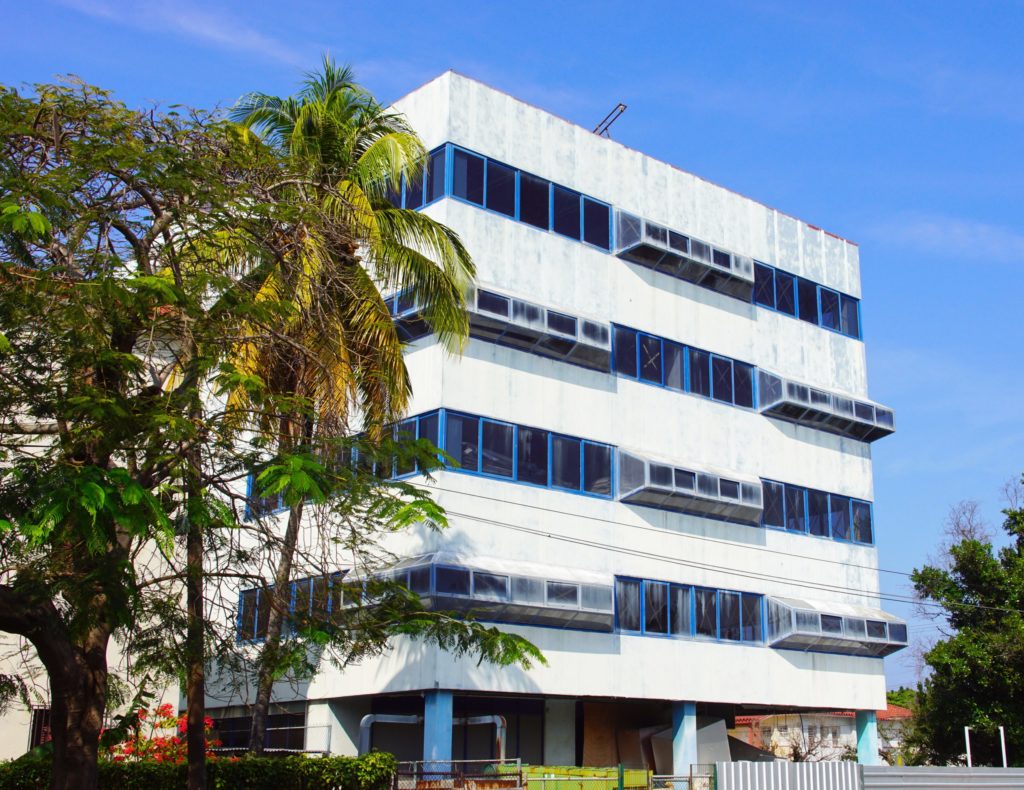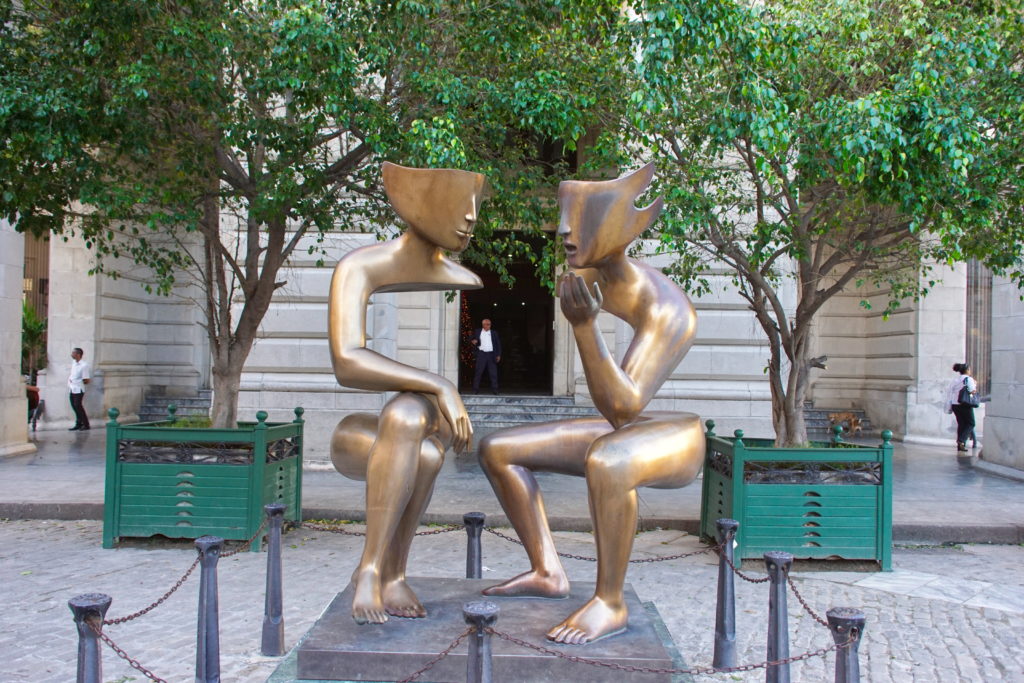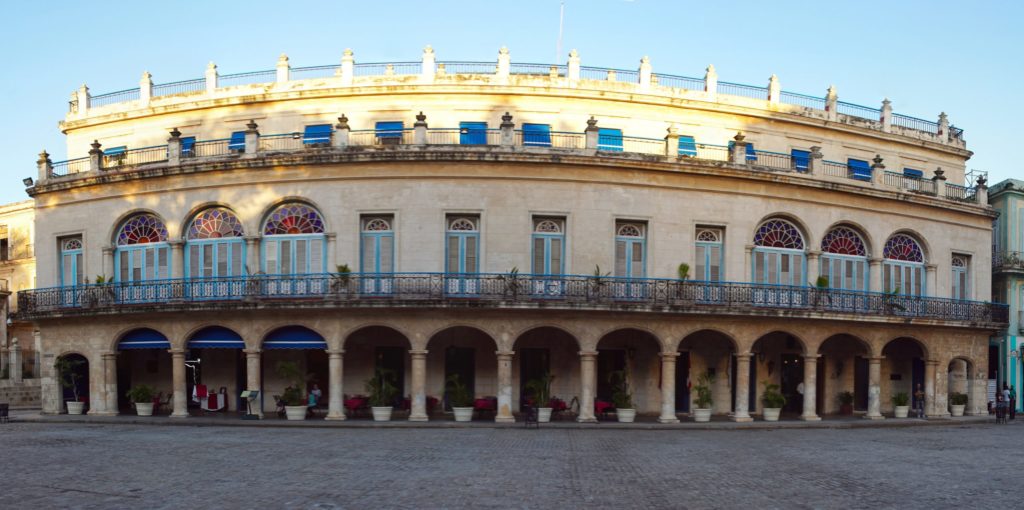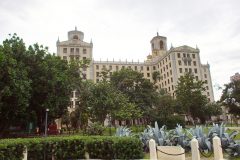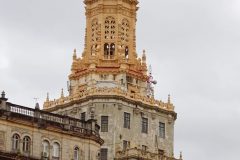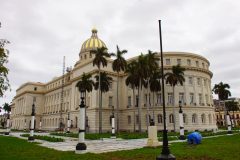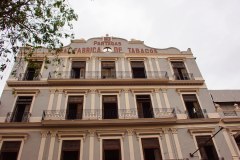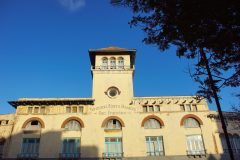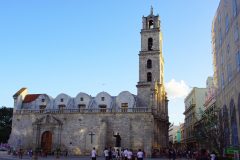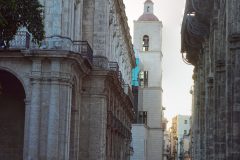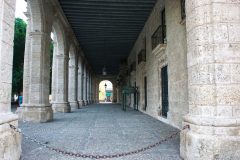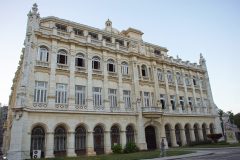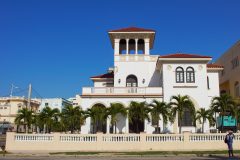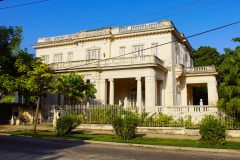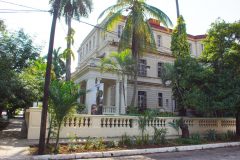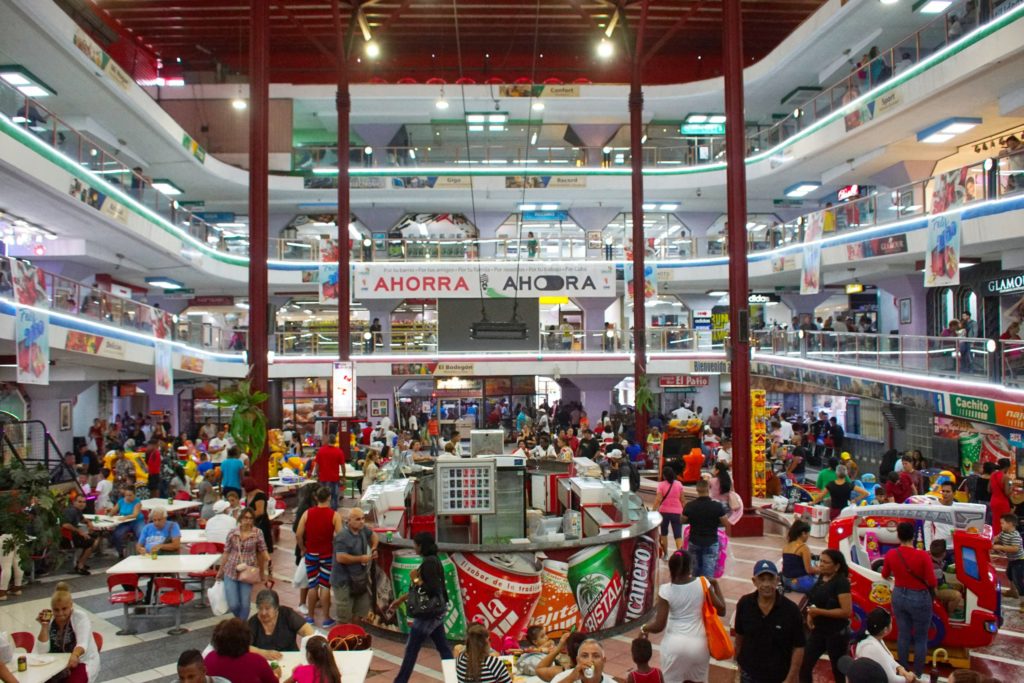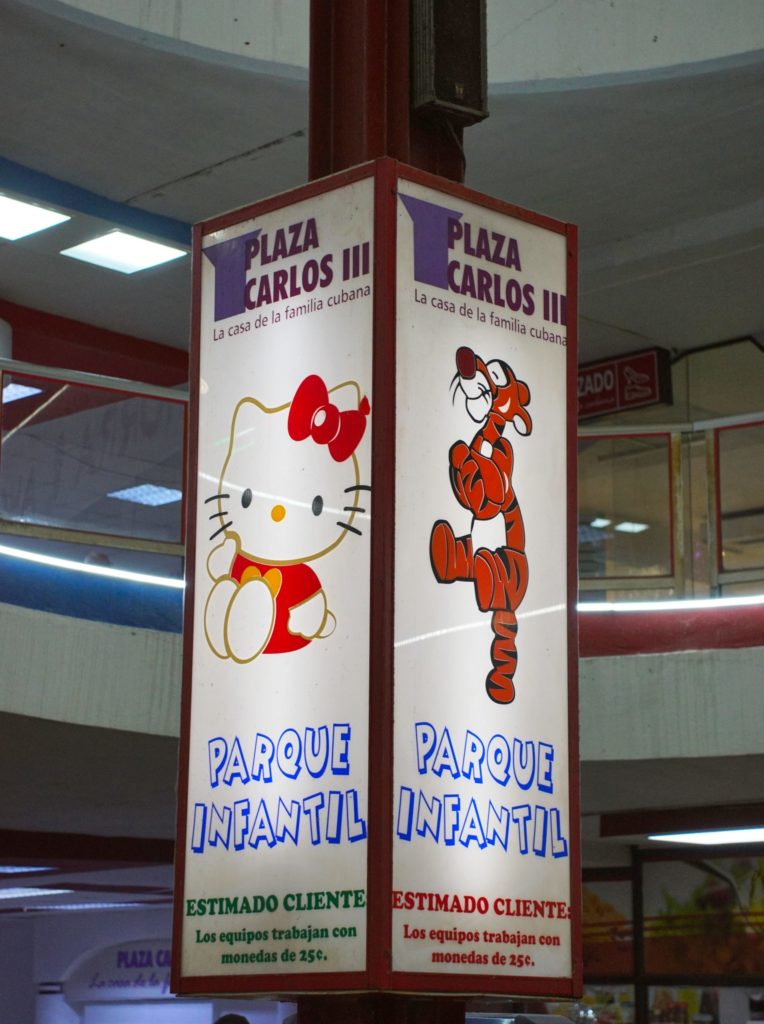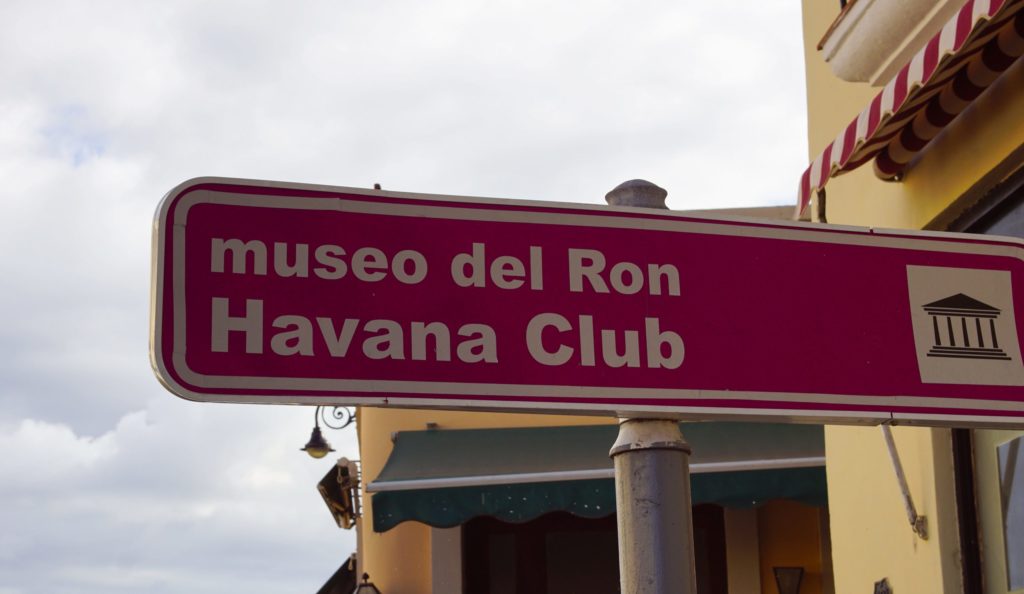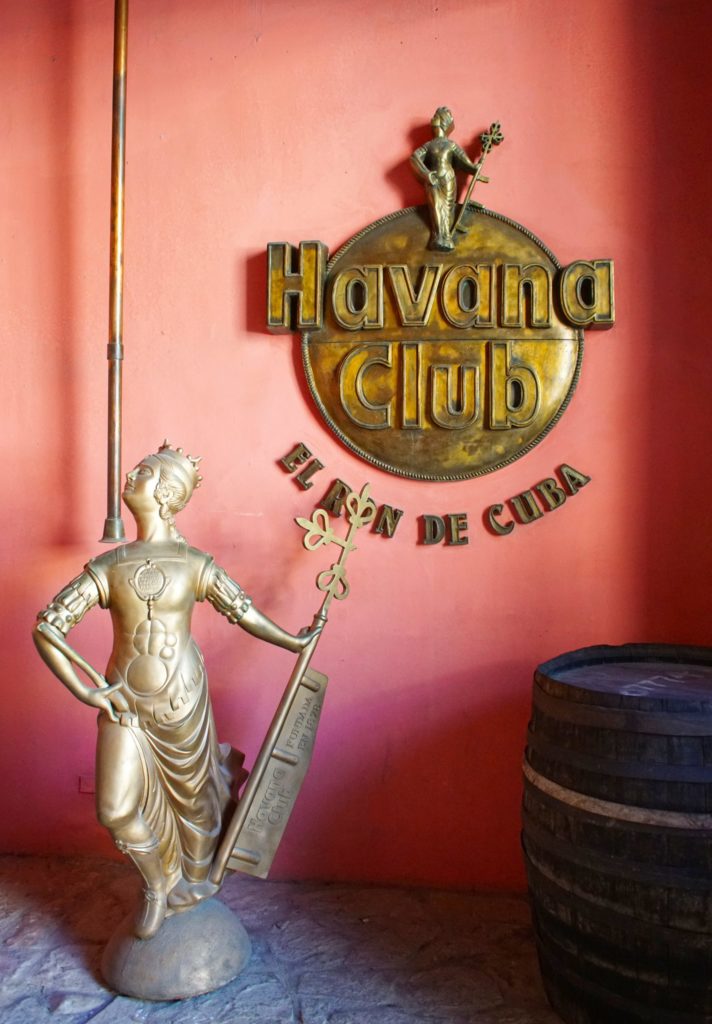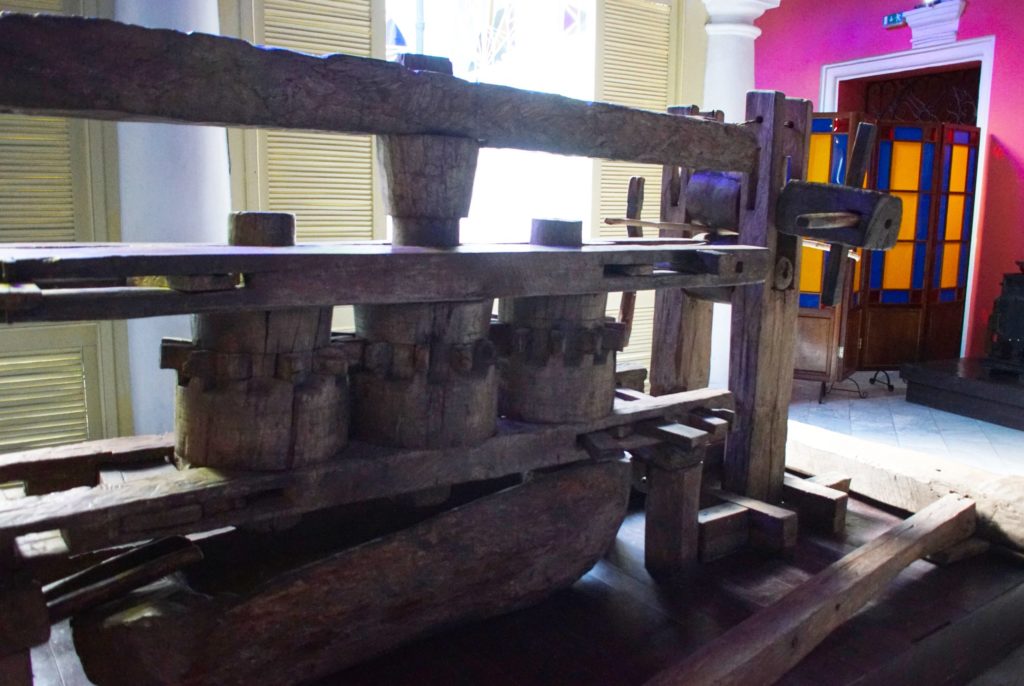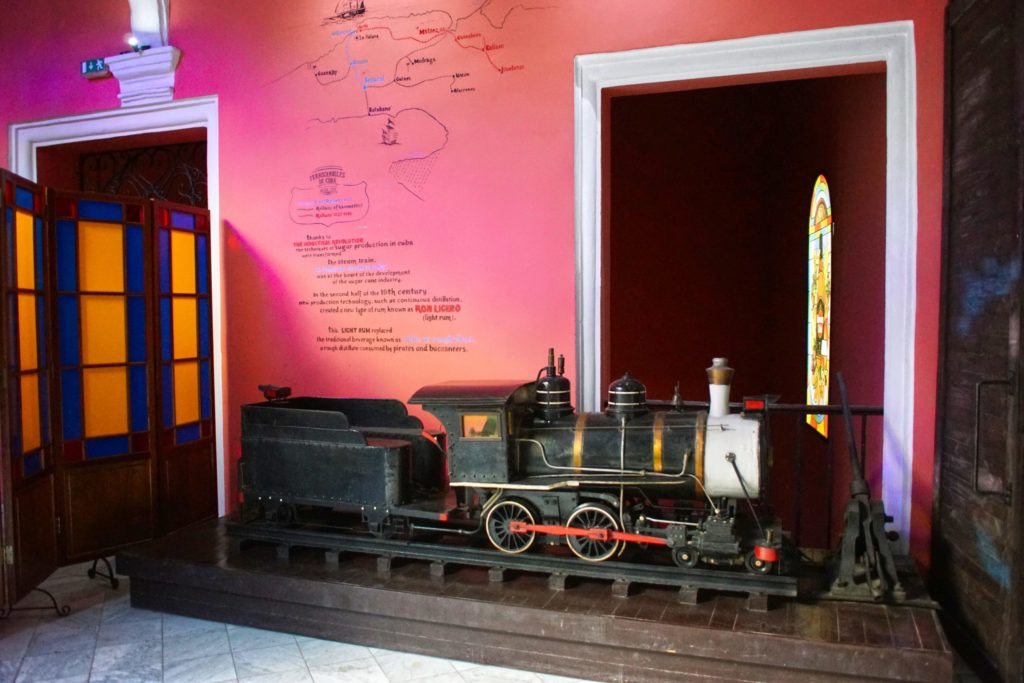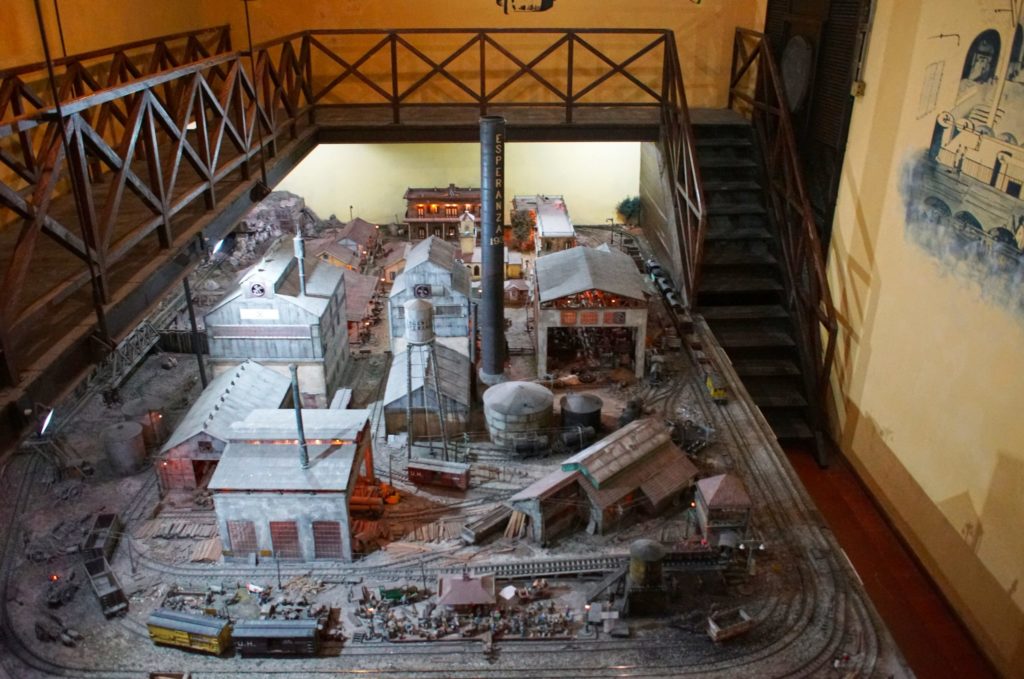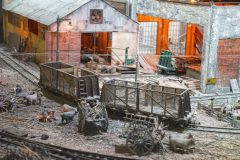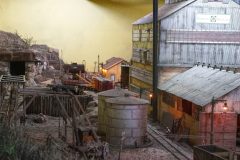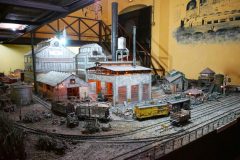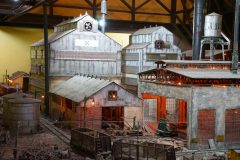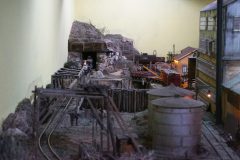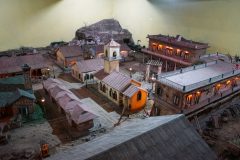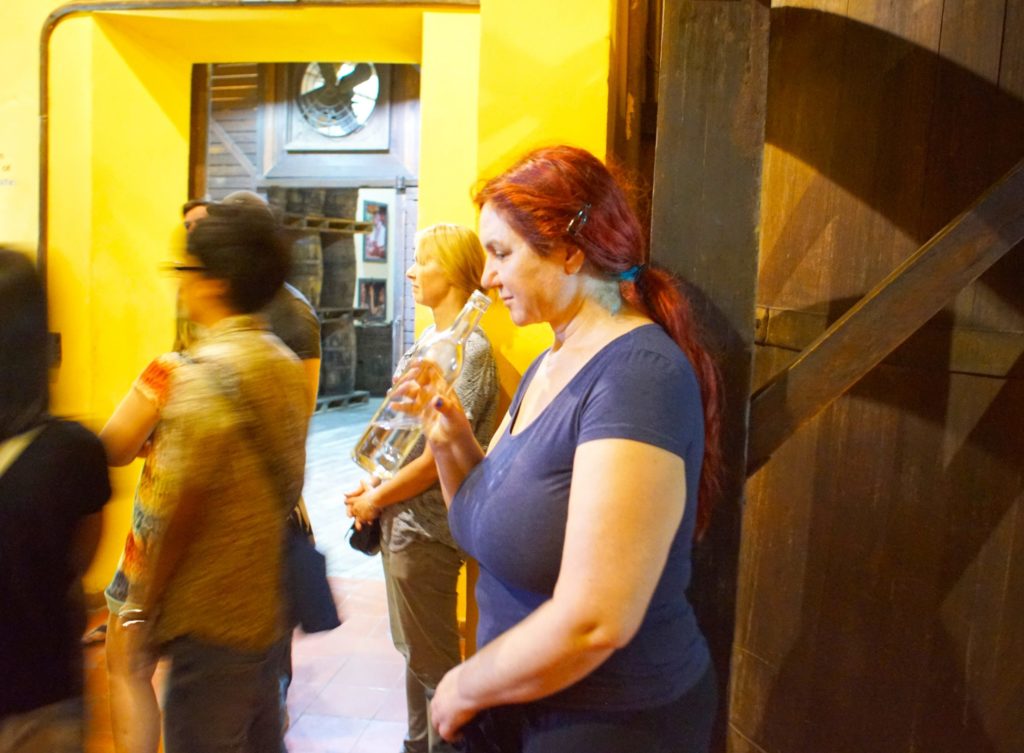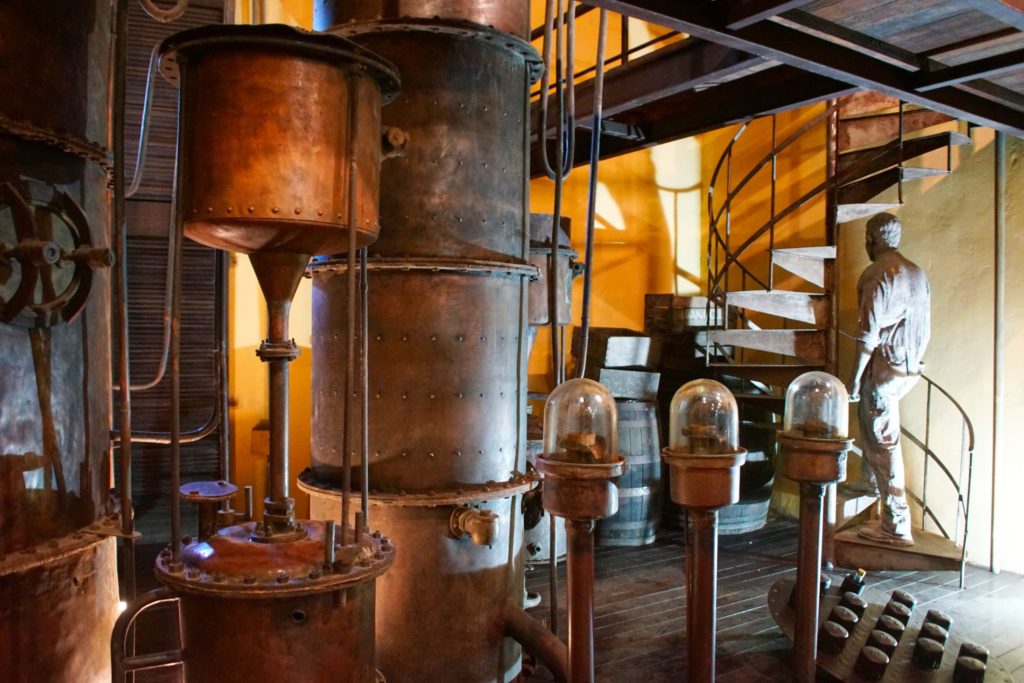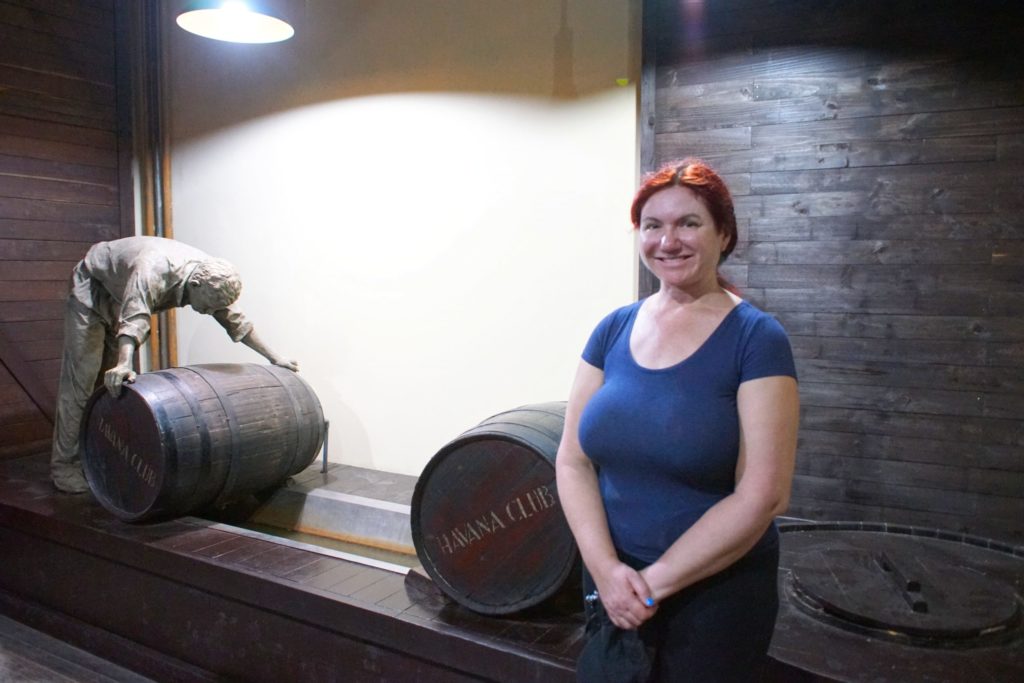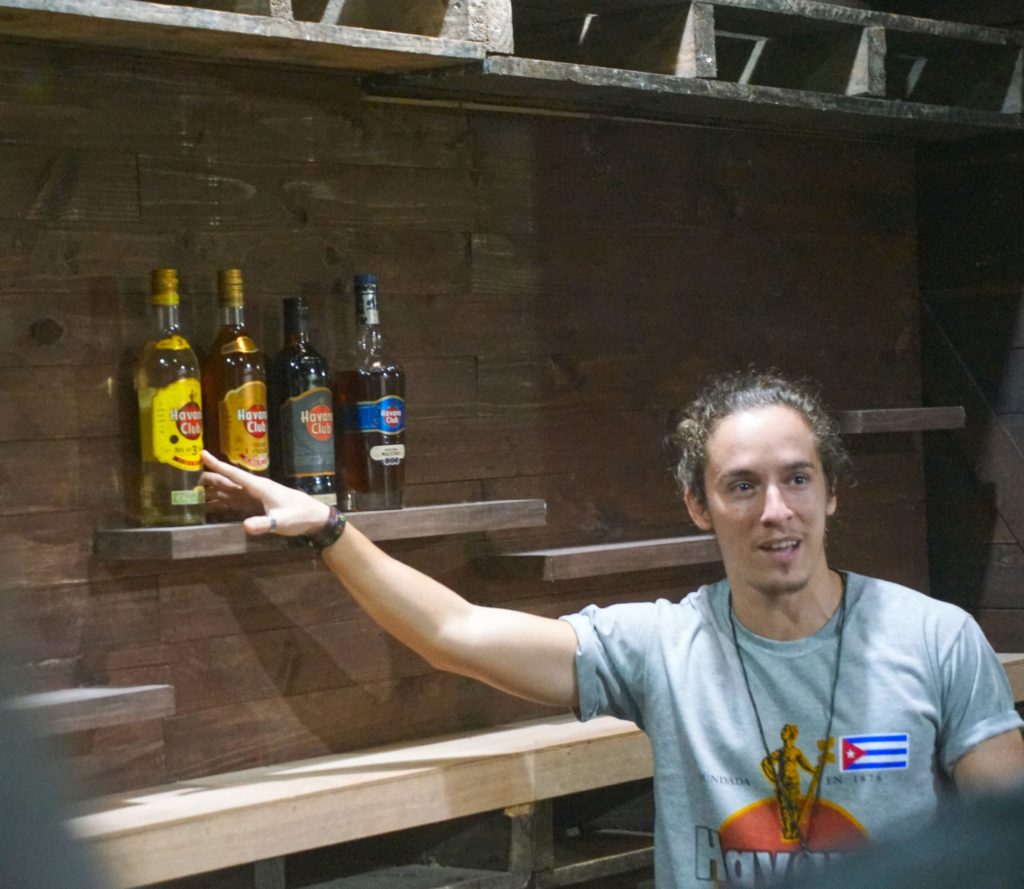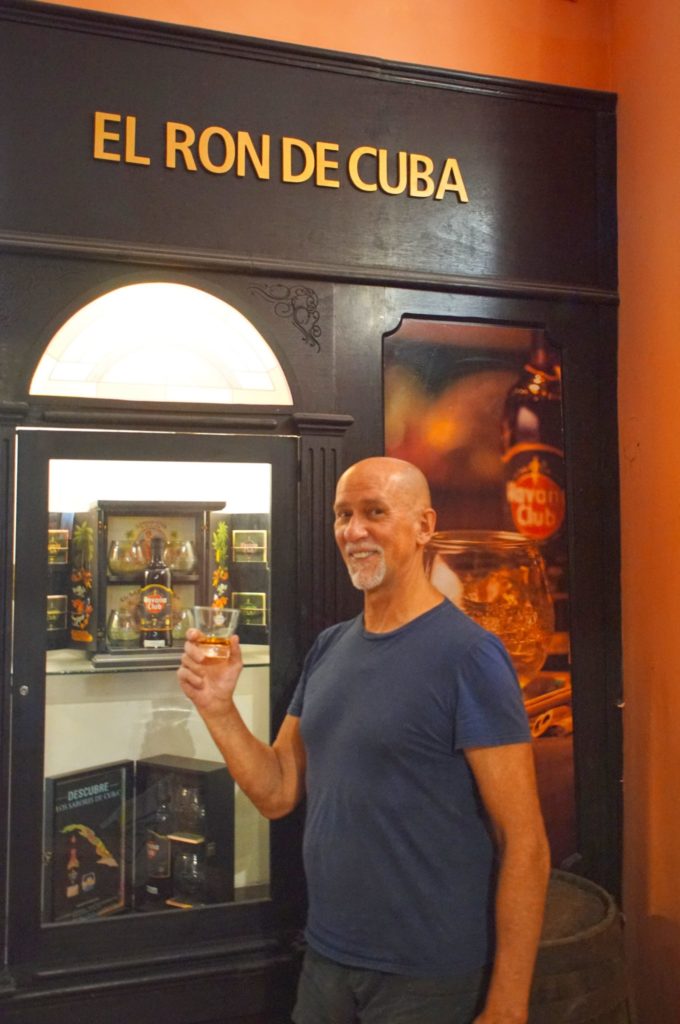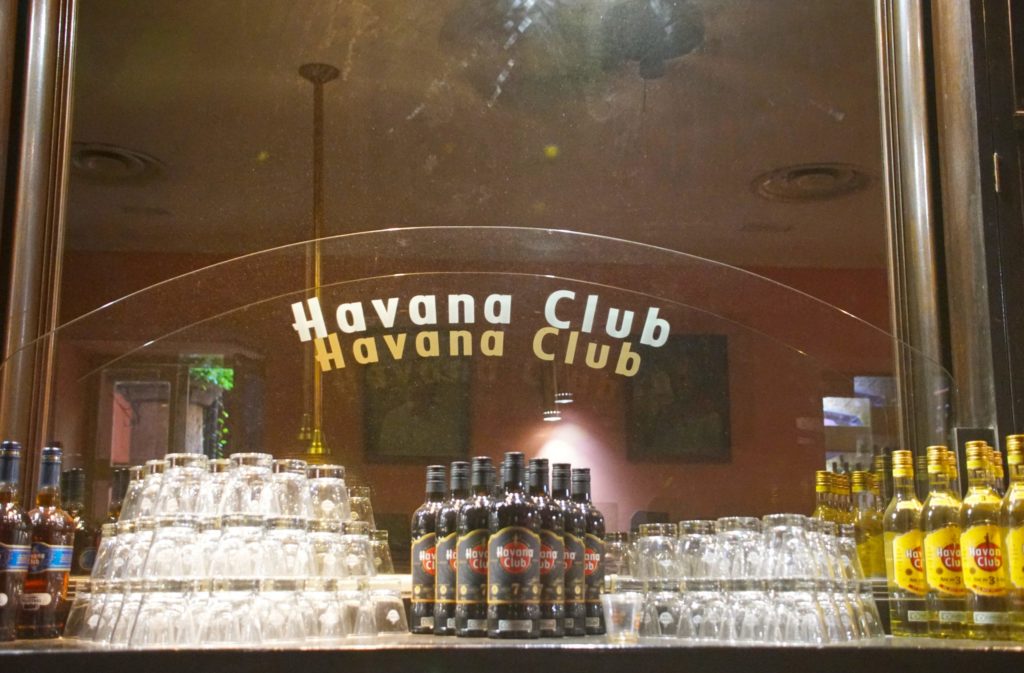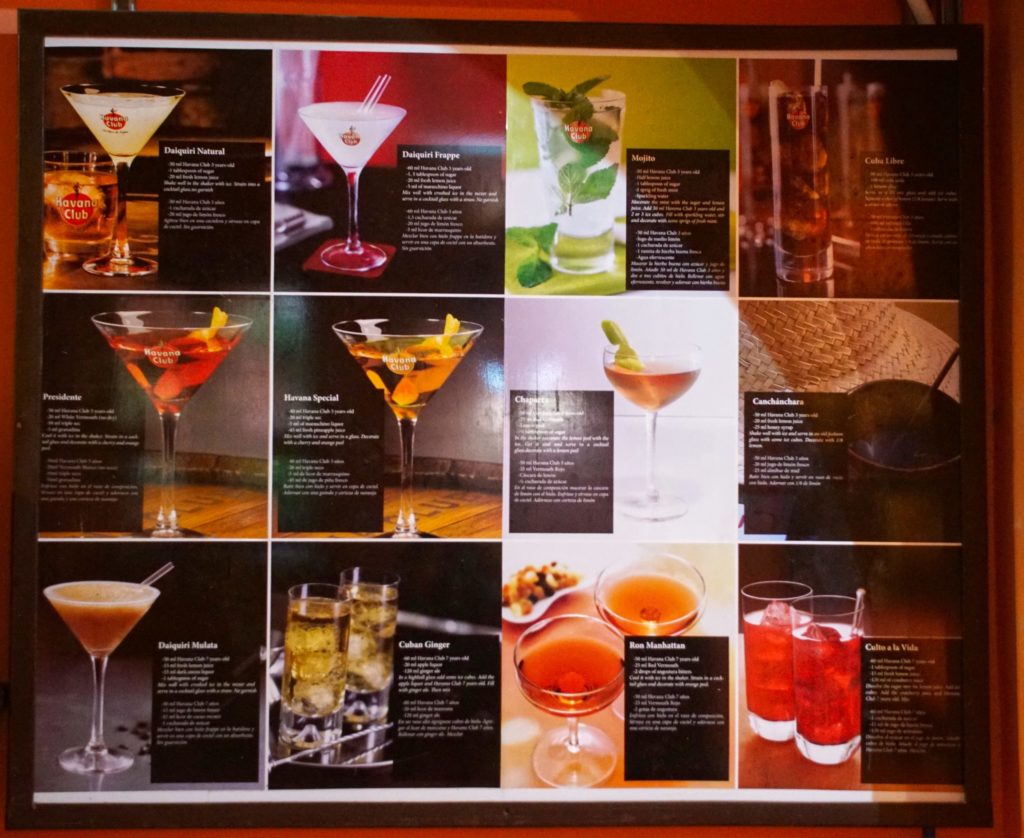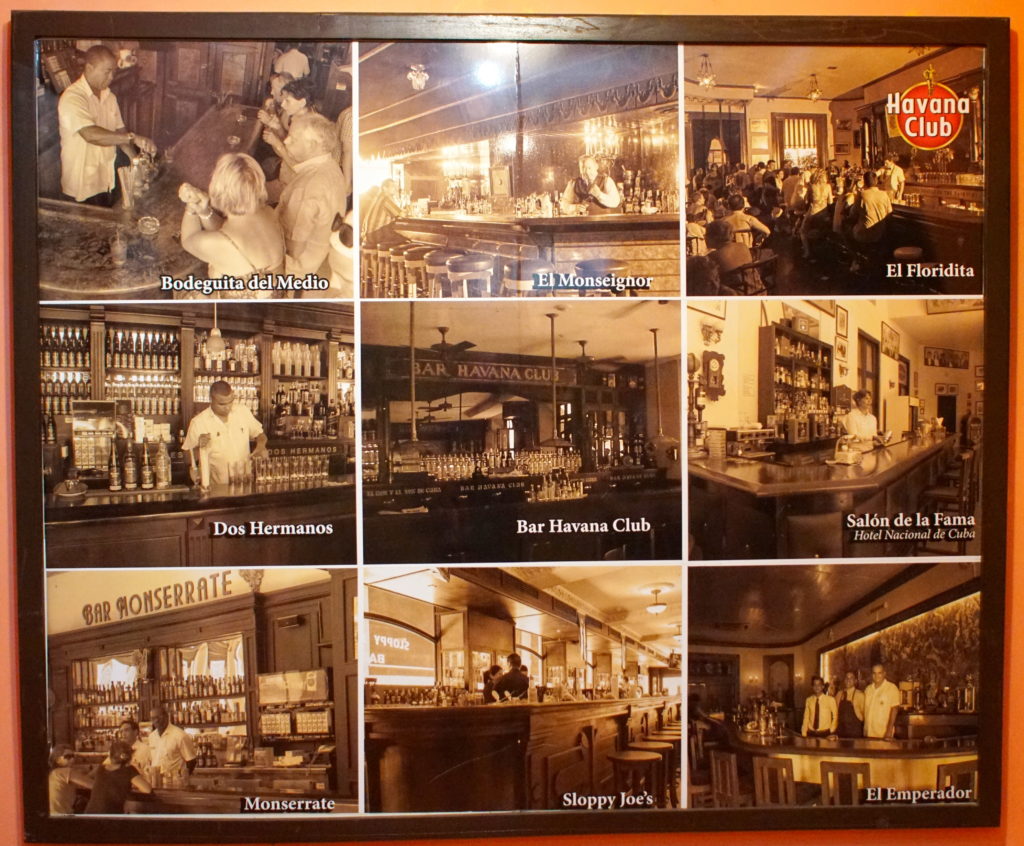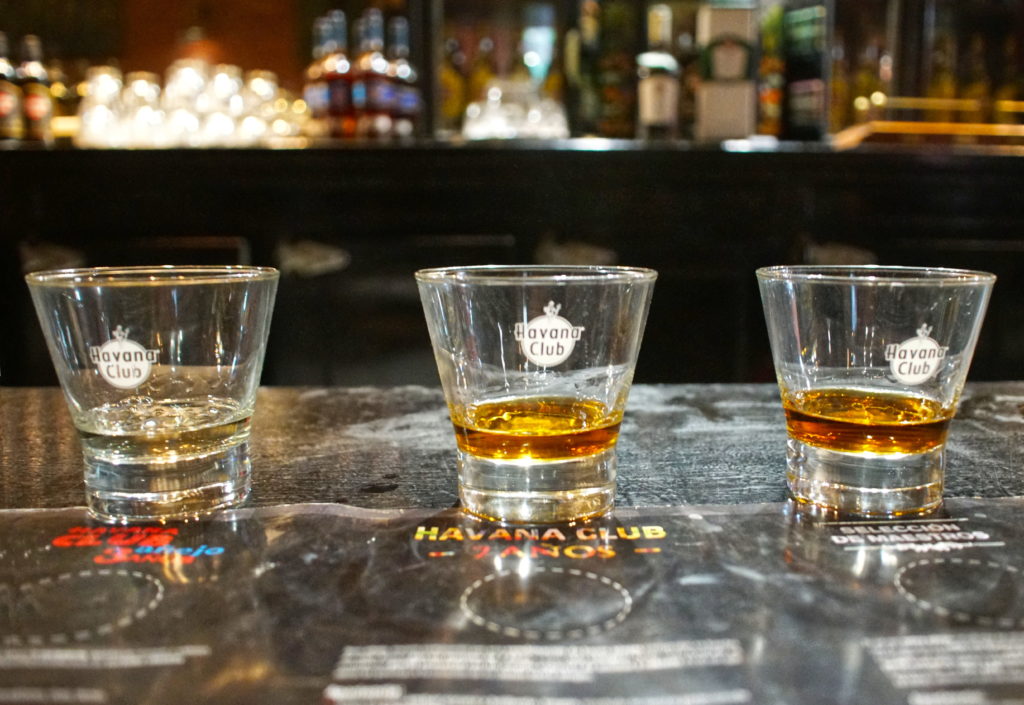Welcome to Cuban Lifestyle, the fourth article in our Cuban adventure!
Cuban Food
What can we tell you about food in Cuba?
Well, despite being an island, Cuba has very little seafood because the government owns all the commercial fishing boats and exports the catch; thus, any seafood you find was caught by a small-time fisherman. Cuba has a very poor selection of food by modern standards (thank you, socialism) but the food found in restaurants is particularly good. This is because only tourists can afford to eat in restaurants, so the Cuban restaurants can afford to purchase the expensive food that tourists can afford to pay for, and because nothing is pre-cooked; they prepare it when you order it.
This is an example of how fish is caught and brought to market. You can’t slight them for freshness!
If you’ll remember in our last post, Hanukkah in Habana, we took a day trip to a Tobacco plantation. On the return trip, as we are driving down the highway, our driver suddenly pulls off the road near men carrying packages as shown here. Well, Cuba has a shortage of cheese, as in, there is no cheese in any grocery store in Cuba. However, this gentleman has cheese and, of course, is selling it on the side of the road. Our driver speaks to the cheese man, haggling over the price. He then calls his wife and converses for a while with her; he tells the cheese man, “No, thank you,” and drives away.
Apparently, that’s how you shop for cheese in Cuba.
On our first day in Havana, we come across a sign that appears to be advertising a ballet performance. There is a line of people waiting at an entrance—but for what? We walk past them and are approached by a guard. We explain that we are just taking photographs, and he allows us past. Well, Coppelia is an ice cream parlor chain in Cuba. It is state-run (of course) and serves 4,250 US gallons (16,100 l) of ice cream to 35,000 customers each day. According to the internet, “when business started in 1966, it ran with an impressive count of 26 flavors and 25 combinations. Today, lines are generally long and the supply and selection of flavors is scarce, with usually only one or two available at any given time.”
We can attest that, indeed, the lines are very long, as in, you will wait hours to sit in an outdoor, covered area just to eat a little ice cream.
As part of our rental agreement with our host, breakfast is included. We wake up each morning and give the maid a few minutes to prepare, and then we sit down to a meal that’s slightly different every day, but generally consists of bread (broken up hamburger buns, typically), fresh fruit, freshly-squeezed fruit juice, freshly-cooked marmalade, and two eggs each.
Another view of the breakfast. Note the small portion of butter (rare in Cuba) and the bowls of sugar (common in Cuba).
For the first few days, our eggs are prepared “jumbled”. Then we decide to get them sunny-side up, and like them better this way. Breakfast meat (which is any meat served for breakfast), as far as we can tell, is rare, since meat is expensive. We are happy to have even a small piece.
And, of course, we must try the Cuban coffee. Coffee once was a major export of Cuba, but declined after Castro’s revolution and is no longer a significant portion of Cuban trade. Sad, because the coffee is very flavorful and not bitter.
There is a bakery on a main street near us. They make only one type of bread, and we must have our own plastic bag. We didn’t know about the plastic bag issue, and the first (and only) time we shopped there, they dumped a bunch of coins out of a small plastic bag and generously allowed us to use it to carry our bread. Okay…..
Then one day, we see this in someone’s house. Yes, it’s very Cuban to set up shop in your own house or garage with no advertising, no sign, and no fanfare. It looks like a bakery, so we cautiously approach.
We have learned that people in Cuba do not smile. They don’t seem to be unhappy but rather, it’s just their custom. We are not put-off by the apparent indifference—which is good, because the bakery is indeed a great place to find breads and pastries, including pastries with chocolate, a rarity here in Cuba. 😛
So we indulge ourselves with fresh, delicious pastries, and we can’t help but smile.
Balcón del Habano
It’s our first evening in Habana, and we are dining at the lovely Balcón del Habano, which we select mostly because it’s the first off-the-main-street restaurant we find. 😀
The Balcón del Habano is one of the very few places in Havana that has (what we think of as) Christmas decorations. Merry X-mas, everyone!
Except for restaurants in large tourist hotels, it’s easy to find seating in Habana’s restaurants, because only tourists can afford to eat in restaurants and most tourists stay in the tourist district (which is why it’s called “the tourist district”). Notice, too, the customer with the Santa hat, a staple of all warm-weather Christmas celebrations.
We see yet another sign of the impending holiday season, but it’s a fable we are unaware of. Is Santa Claus in a helicopter? Are his reindeer hovering, allowing him to descend via the ladder? Or, in places with no chimney, is a ladder necessary to allow Santa to break into people’s houses? So many unanswered questions…
Smoking of habanos in restaurants is not allowed in Cuba, but that doesn’t stop us from striking a pose with ersatz cigars in the Balcon del Habanos.
When I tell her to pretend to smoke a cigar, this is what she does. Oh my! 😯 Merry Christmas, everyone!!
We aren’t sure of the portion size, so we order a salad and appetizers, then a main course. And….it’s a mistake. The appetizers are way enough food. ¯\_(ツ)_/¯ We ask the waiter to take our picture, and we toast to our first evening in the country of Cuba. Cheers!
Café DèjáVu
One of our favorite restaurants here in Havana is Café DèjáVu, a small eatery off the beaten path in the suburb of Vedado, near where we are staying. Service is great, and the food is always fresh.
Mary Poppins would feel right at home in this restaurant, and so do we. Notice how we have the place completely to ourselves? That’s just the way we like it. 🙂
On some evenings, restaurants have wine, and on some evenings, they don’t. But when they do, we indulge in a bottle of their finest.
Well, we make the same mistake and underestimate the size of the portions. Looks pretty yummy, doesn’t it?
Mmmmmm, delicious Cuban food!
And, at the end, our bill is delivered in a miniature shopping cart. Nice. If you find yourself in Havana, be sure to treat yourself to this umbrella-ed gem.
Café Dulce Habana
Our favorite restaurant of all is Café Dulce Habana, a family-run establishment that always makes us feel at home.
The café is on a street corner, but it is in a residential area, and cars drive past only occasionally. Notice how they put the red wine in an ice bucket; we don’t know if that’s the restaurant’s custom or if it’s a Cuban custom. But, the wine is good, and we don’t care.
Lager is very refreshing, and we enjoy Cristal beer, in part because the restaurants always have it in stock. Cuban winters are warm, and we mustn’t neglect our electrolytes.
The staff suggests we try two of their other beers, Bucanero and Habana (since the beers are in stock today), and we discover that Bucanero, while still light and drinkable, has a more robust taste than does Cristal or Habana. There are always more things to learn, particularly when it comes to beer.
Of course, we each want to try something special and, of course, it’s too much to eat. The black food is black rice with (a hint of) calamari, and is delicious.
On a different evening, we order a plate of pizza bites, and finally find portions that suit us. You might notice the dearth of patrons in this restaurant, too. Pretty cool, eh?
We want to include the menu cover to illustrate that Café Dulce Habana is more than just a wonderful restaurant. If you are in Havana, have a pleasant evening, Cuban style.
Nature and Critters
We are in an urban area, so there is not a plethora of critters, but the ones we do find are fun and Cuban. 😆
This white cat (Felis catus) watches us with distain, as all cats should. “Come close, and you die.”
This young cat tries to ignore us, but its tail keeps twitching, telling us that he sees us but wants to be left alone. Okay, then.
We have never seen a cat use a car as a scratching post, but I suppose you must take advantage all of your resources, especially when you are a street cat.
On one of our day trips, we find two horses (Equus ferus caballus) secured with ropes, calmly munching on grass. Time for a quick photograph of Cuban horses.
This is only goat (Capra aegagrus hircus) we see in all our travels in Cuba. It calmly ignores us…but we don’t get too close to it, either.
You can’t see unless you look really, really closely, but this trail is made by a host of leafcutter ants (Family Formicidae) marching endlessly, each ant’s six legs pounding out a cadence heard only by other ants or creatures that hear much, much better than I do.
We see surprisingly few dogs (Canis familiaris) in Havana, and these three huskies are in a too-small (to our eyes) cage. Well, perhaps the owner takes them running a few times each day…cuz 😎 they look dog tired.
The Cuban royal palm (Roystonea regia) is the national tree of Cuba, and we find them in many places. We enquire about growing them in San Diego, but they have large coconuts and, given the United States’ (and especially California’s) predisposition to bring lawsuit for any and all reasons, we decide it’s best to leave coconut-growing trees to the Cubans.
El Bosque de La Habana is part of Havana’s Parque Metropolitano, and it alive with vegetation, including these vines that seem to be smothering the large trees. I’ll bet at night they look like giant ghosts.
Banyon trees are found in many places in Havana. They appear to have a number of support beams holding up their branches; rather, these are aerial prop roots that mature into thick, woody trunk, which can become indistinguishable from the primary trunk with age.
Vedado
Vedado is a central business district and urban neighborhood in the city of Havana. It is a more modern part of the city than the areas to the east, developed in the first half of the 20th century, during the Republic period. In 2016, it was described by one commentator as the city’s “most affluent” section. The main street running east to west is Calle 23, also known as “La Rampa”. The northern edge of the district is the waterfront seawall known as the Malecón, a famous and popular place for social gatherings in the city.
At least, that’s what the Internet says. So, let’s take a look around.
Vedado does indeed have beautiful houses, as illustrated by this bright pink manor surrounded by a sturdy fence.
It is not unusual for the streets to be deserted in Vedado. We don’t know where the people are, but they are not here.
This is one of our favorite houses in this neighborhood. From a distance, it looks like just another large house surrounded by spikes. But wait….
When you peer through the fence, you see a beautiful courtyard, perfect for a party or for quiet contemplation. It looks to us like a fairytale place.
Eventually, we notice that almost every house is encased in a shield of metal. It can be quite beautiful if you can find the rhythms.
The areas inside the fencing tend to be clean and orderly, while the street side can be less cared for. However, there are a few Cubans who ensure the reputation of Vedado is intact.
Cuba is warm and rainy, so it’s typical to find a plethora of plants adorning front yards. In addition, it’s common to find fruit trees, such as figs, that provide breakfast snacks for the residents.
If the yards are not regularly cared for, the vegetation quickly gains the upper hand. We find it beautiful, but we imagine the maintenance gets tedious for the residents.
This is a common view of side streets in Vedado. There are few vehicles, and folks walk down the street casually amid the tropical growth.
Architecture
According to the Internet, the architecture of Cuba refers to the buildings, structures and architectural history throughout Cuba. The unique mix of cultural and artistic influences throughout history have led to Cuba being renowned for its eclectic and diverse architecture, which can be defined as a unique fusion of numerous well-studied architectural styles from around the world.
What stands out, or rather doesn’t stand out, of the skyline of Havana are skyscrapers. In fact, the tallest building in all of Cuba is only 39 stories, one story shy of the minimum. The dearth of tall buildings does give the city a look of “yesteryear”.
El Capitolio, or the National Capitol Building (Capitolio Nacional de La Habana) is a public edifice and one of the most visited sites in Havana, capital of Cuba. The building was commissioned by Cuban president Gerardo Machado and built from 1926 to 1929 under the direction of Eugenio Rayneri Piedra. It is located on the Paseo del Prado, Dragones, Industria, and San José streets in the exact center of Havana.
This is one of the few modern-looking houses we find in Havana, and one of the very rare houses not surrounded by a fence.
This atypically-colored building has a futuristic look to it, despite the windows that can be opened. Meaning, no air-conditioning.
La Conversación is a sculptural work of art designed by the French artist Étienne Pirot and inaugurated on May 25, 2012. Located in the Plaza de San Francisco de Asís, in the Historic Center of Havana, this piece is donated to the Office of the Historian by the Italian Vittorio Perrotta, friend of the institution. This piece is sculpted in bronze and abstractly, two people are talking. In the doorway, the butler patiently waits.
Los Condes de Santovenia is the former stately palace of the counts of Santovenia and today houses the five-star Hotel Santa Isabel. It dates from the 1780s and was converted into the luxurious accommodations in 1867, making it one of Habana’s oldest hotels.
Plaza de la Catedral is one of the five main squares in Old Havana and the site of the Cathedral of Havana from which it takes its name. Originally a swamp, it was later drained and used as a naval dockyard. Following the construction of the Cathedral in 1727, it became the site of some of the city’s grandest mansions. It is the site of the Museo del Arte Colonial and a number of restaurants. Unfortunately, there are many aggressive vendors attempting to convince tourists to visit their shops. We do not stay here very long.
Please enjoy our gallery of Cuban architecture.
Plaza Carlos III
Plaza Carlos III is a four-story commercial center that includes shops, fast food outlets, a bank, food market, etc., which after wide-ranging remodeling and restoration, first opened in October 1997. At that time, it was the largest shopping complex in Cuba.
We discover the plaza on our first full day in Havana, and are impressed by the variety of goods available. What we do not know is that Plaza Carlos III is an anomaly in La Habana, and we will never see the likes of it again on our adventure in Cuba.
According to their website, “Online store for Cuba, your showcase for shipments to Cuba. Guarantee to satisfy your relatives with your purchase and shipping with us, we cover the entire province where we are in Cuba. We also have a collection option in our store, we have the best prices and services within the Shipping to Cuba market. From the comfort of your home in Cuba, your loved ones can receive gift shipments as a sign of affection, we distribute in Cuba, food, cleaning, hardware, appliances, furniture, children’s items. Buy with us and feel close to your Cuban family.” Okay, cool.
We see an advertisement for Hello Kitty and decide it would be fun to get a Hello Kitty Cuba souvenir. Nope. Sadly, it is only an indication that there is a child’s play area nearby, and los equipos trabajan con monedas de 25c. 🙁
We leave, thinking we’ll find other modern shopping areas, but we don’t. We should have taken more photographs.
Museo del Ron
The Havana Club Rum Museum is the place to go if you want to learn about the art of Cuban rum. It says so right on their website, so that’s where we are going.
As background, Havana Club is a brand of rum created in Cuba in 1934. Originally produced in Cárdenas, Cuba, by family-owned Jose Arechabala S.A., the brand was nationalized after the Cuban Revolution of 1959. In 1993, French owned Pernod Ricard and the government of Cuba created a state-run 50:50 joint venture called Corporación Cuba Ron. They began exporting this version of Havana Club globally, except for the United States due to the embargo put in place by the U.S. government. (However, we imported two bottles for our personal use. 😎 )
We have already tasted (bought bottles of) Cuban rum. The flavor is soft and easy to drink, and the price is regulated by the government and very reasonable. We think the icon of the building indicates that the building is a national treasure. If it isn’t a national treasure, it should be!
The Giraldilla, a weathervane from the old fort of Havana, is part of the distinctive label of Cuban rum. The Havana Club has a bar and a shop selling rum and Cuban cigars, but we first take a tour that shows the preserved workings of times past.
We are told that rum is made from sugarcane (we knew that) and that sugarcane was introduced to the Americas by Christopher Columbus. In a nutshell, this is the process: To make Cuban rum, the sugarcane is harvested and then squished to extract the juice, or guarapo. Next, the juice is boiled to create molasses and sugar. The molasses is combined with water and yeast in tanks to ferment. The resulting liquid, known as vino de caña, is distilled in copper-lined columns, as opposed to pot stills. That resulting condensed liquid is called aguardiente, which is then placed into American white oak barrels for aging. It must spend at least two years in there, a unique requirement for the Cuban product, before it is filtered through charcoal.
The Cubans used trains to transport the crop to the factory, and the museum thoughtfully provides a miniature locomotive as an example.
Happily, the museum also has a diorama of a rum-producing factory, with working lights and a train that runs in a circle. Probably, in real life, the train did more than run in a circle, but that would be impractical to show here.
Okay, I have to have a train gallery, right?
We are given a bottle of run to smell, just in case we have never smelled rum, and are admonished to smell and not drink. The vapor of alcohol is indeed strong.
We read a sign that says, “Fermentation is the transformation of sugars into alcohol involving the interaction of miel de caña (molasses), pure water and yeast. The process lasts around 24 hours and results in a vino de caña (cane wine) with 6% alcohol.” And, yes, the informational signs are all in English, for some reason.
From another sign: “Distillation is the concentration of alcohols leading to the creation of aguardiente (sugar cane distillate). In respect of the traditional Cuban method, continuous distillation columns are used. The aguardiente obtained retains important sensorial characteristics. It is about 74% to 76% of alcohol and is the soul of our rums.”
Another sign informs us that, “the choice of barrels is crucial: the wood gives color, aroma and complexity to our products.”
We arrive at the bar, where our guide describes four types of rum made at the Havana Club. Because we purchased a “you get to drink rum” tour ticket, we get to drink rum. 😛
In fact, Havana Club rum comes in eight varieties, ranging from Añejo 3 Años to Añejo 15 Años, plus a few limited-edition runs such as Máximo Extra Añejo, which comes in a crystal decanter, and Havana Club Unión, which was specifically blended to pair well with Cuban cigars.
“Cuban rum has its own unique style, and because it was isolated for so long, the quality didn’t suffer as much as other liquor brands. When it finally came out in the ’90s, it was one of the best Spanish-style rums that were out there.”
Havana Club thoughtfully provides suggestions of ways to mix Cuban rum. Don’t do it. If you are going to mix it, please use an inferior brand, thank you very much.
“No sir, YOU are the caretaker. You’ve always been the caretaker. I ought to know, I’ve always been here.”
For being a (slightly cheesy) museum and bar, the Havana Club is enjoyable and provides an interesting view of classic Cuba. We give it ⭐️⭐️⭐️⭐️⭐️.
Stay tuned for our final article documenting our adventures in Cuba!

